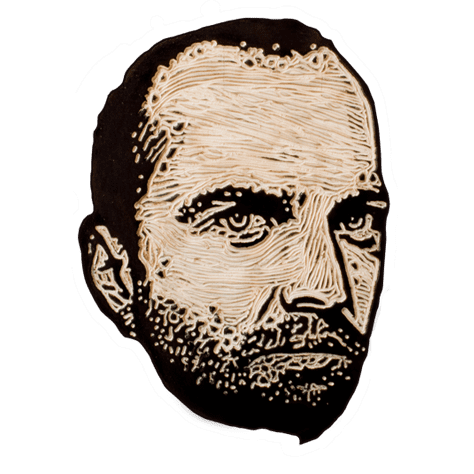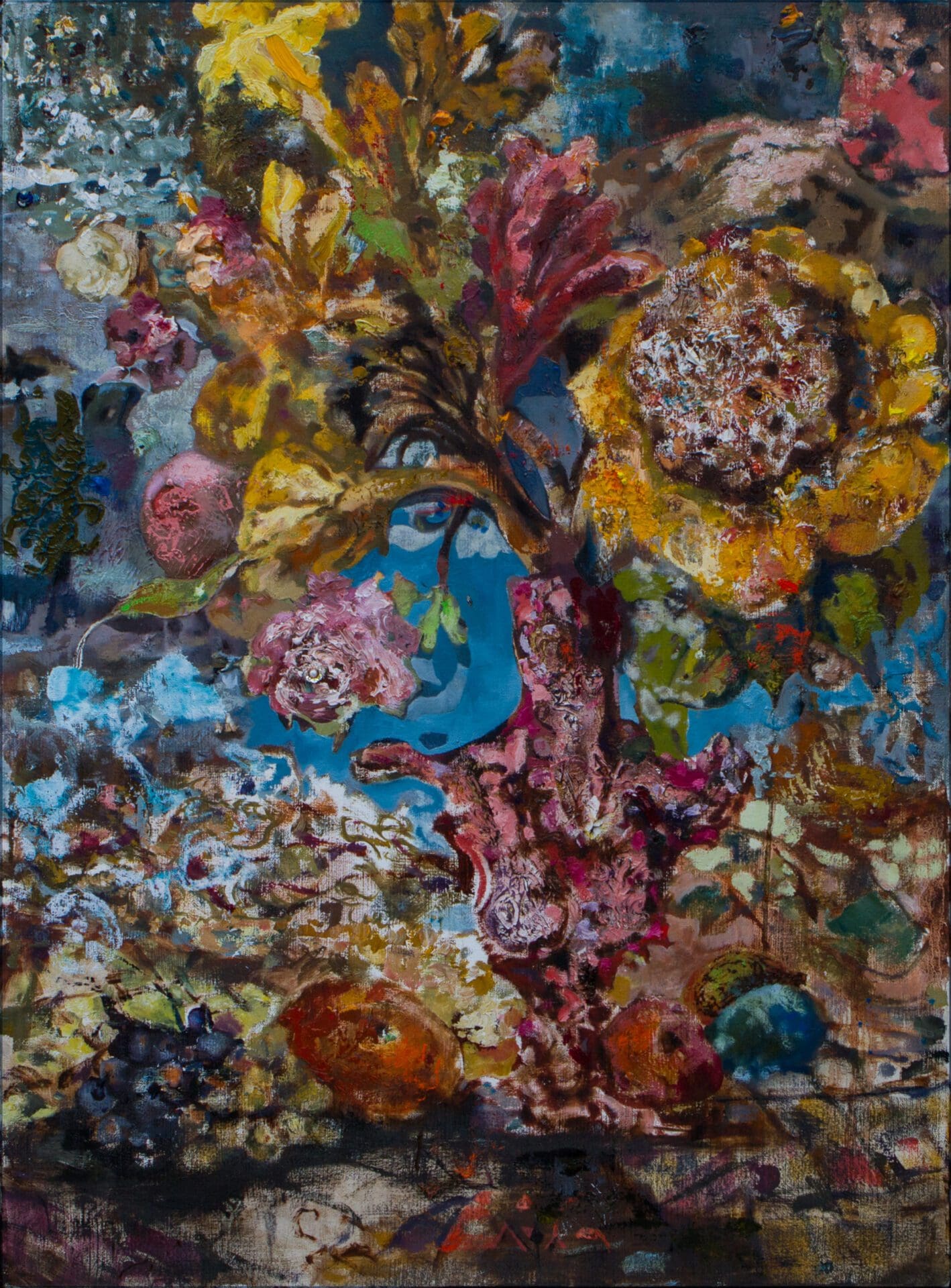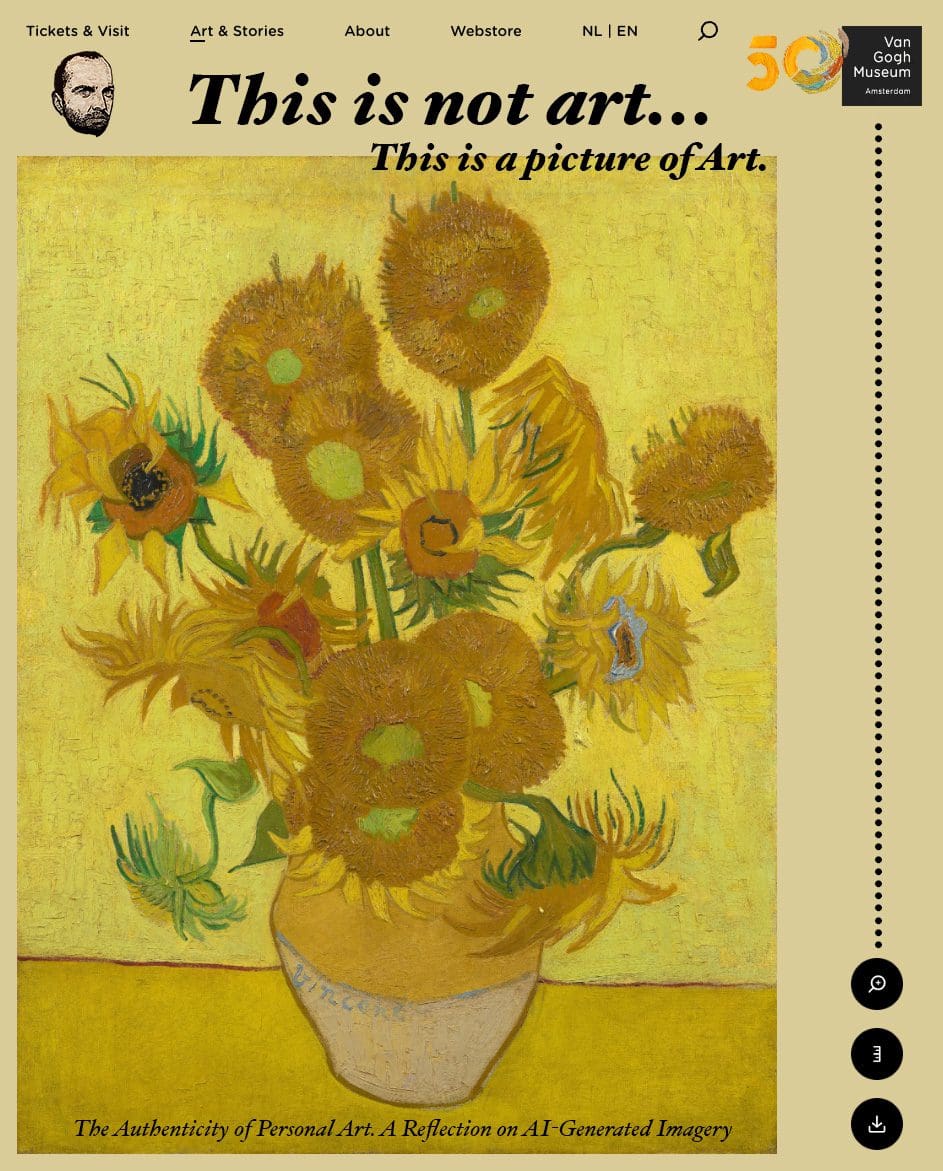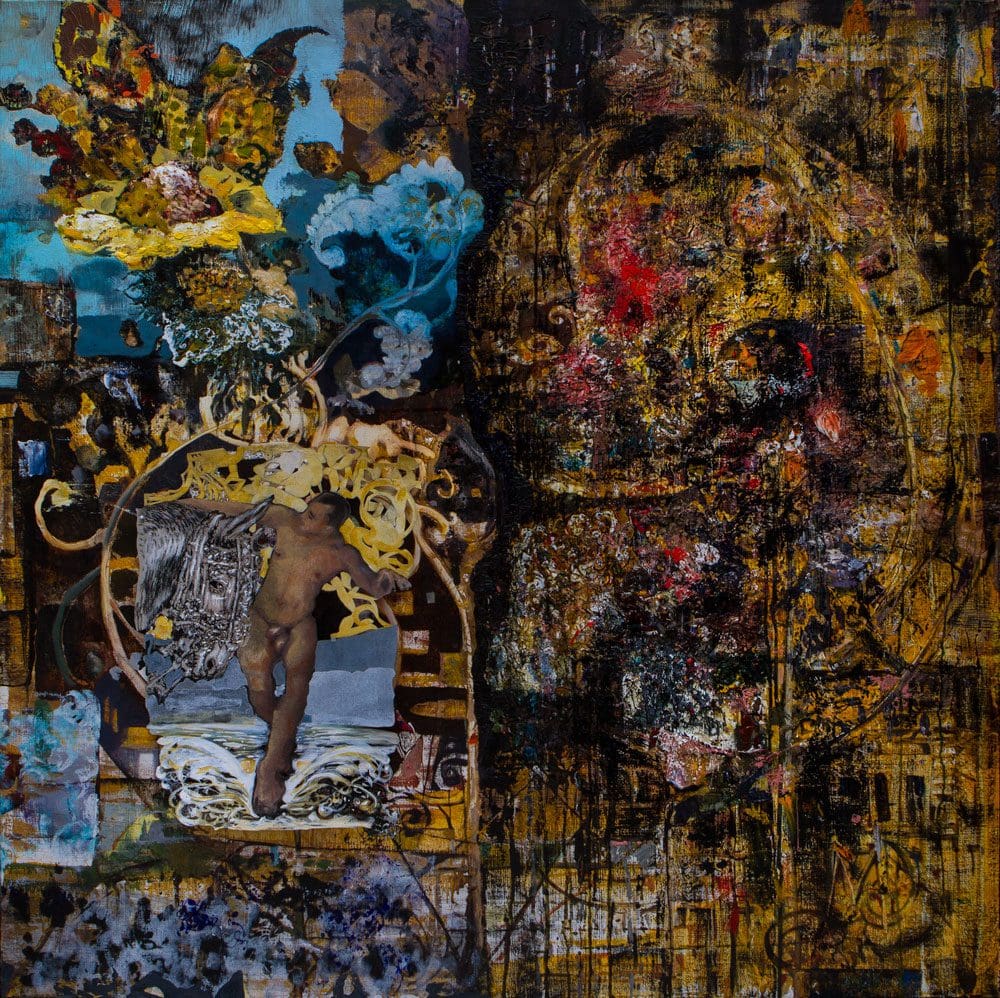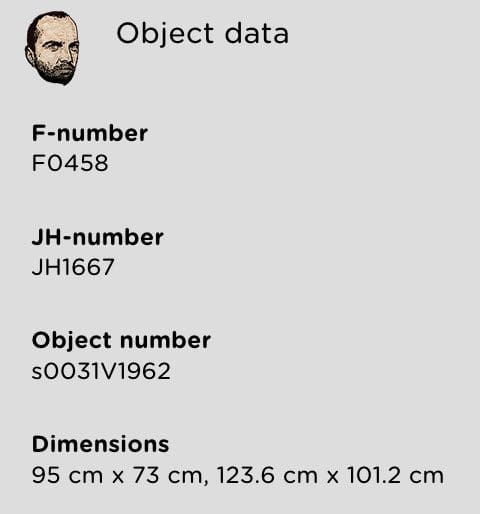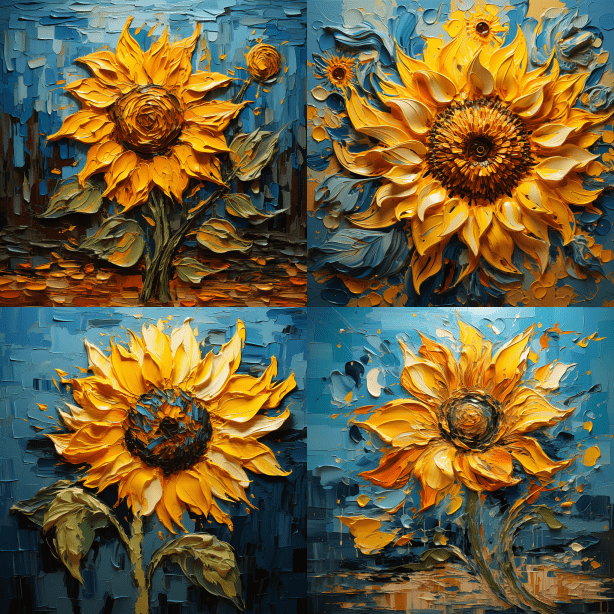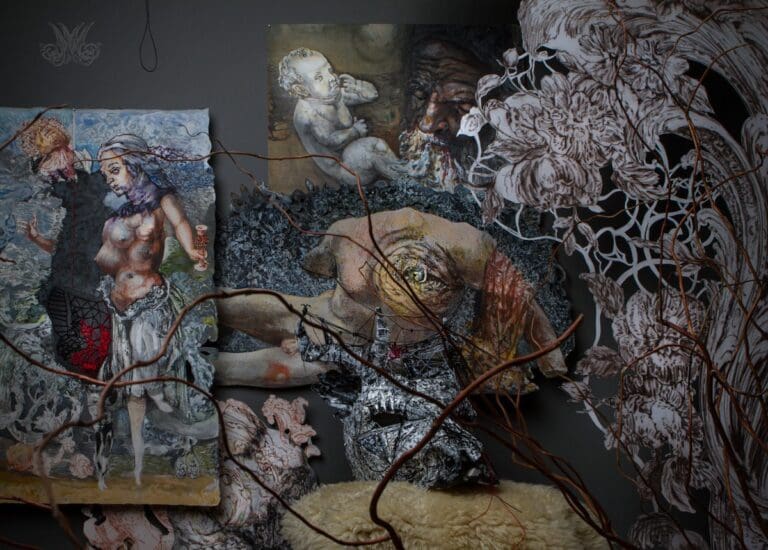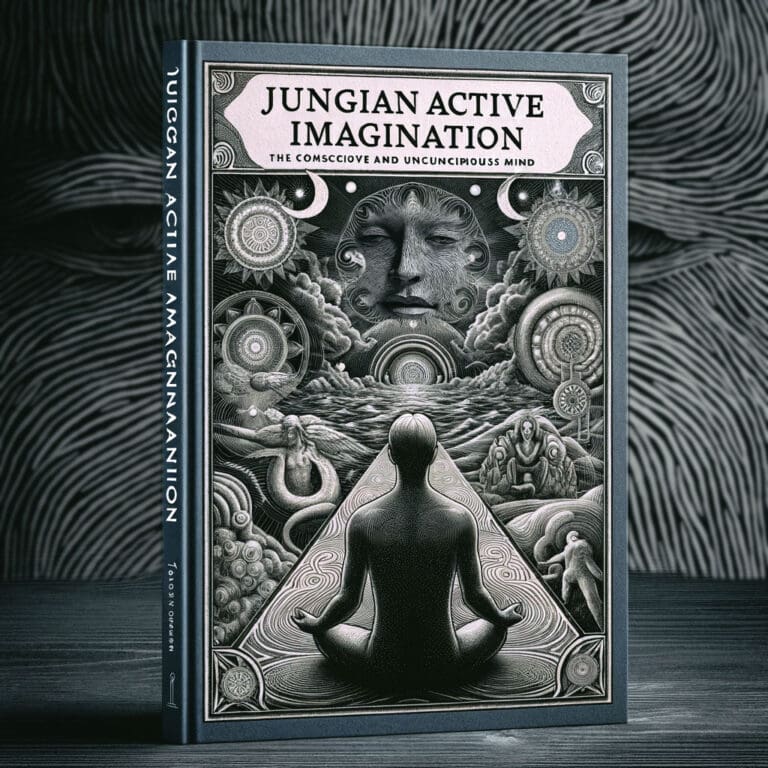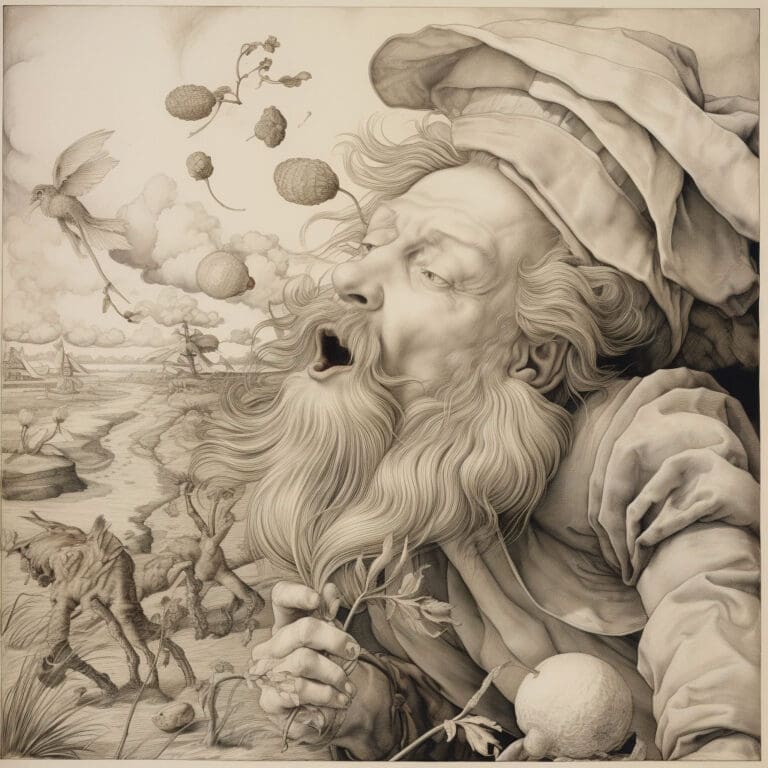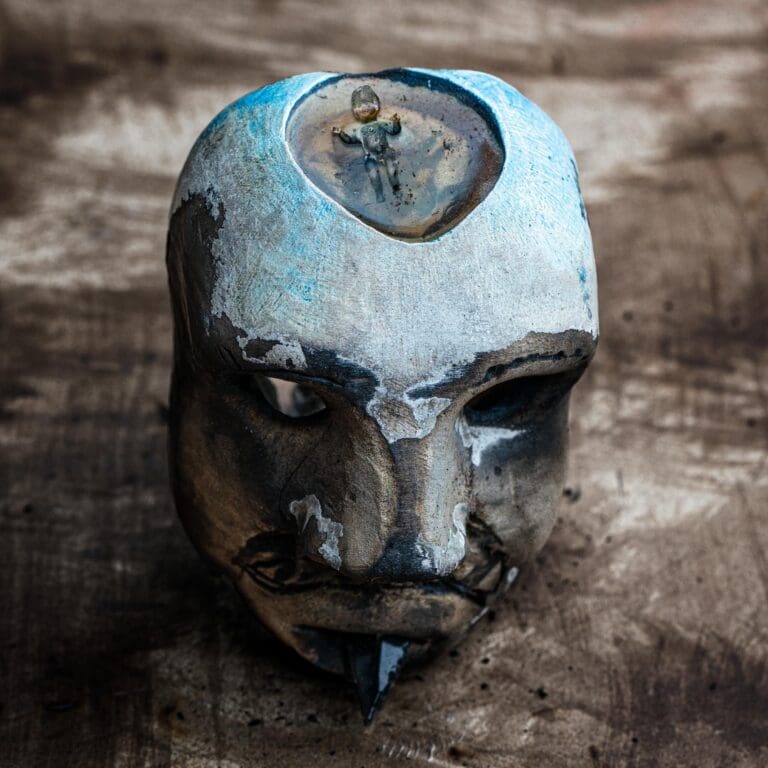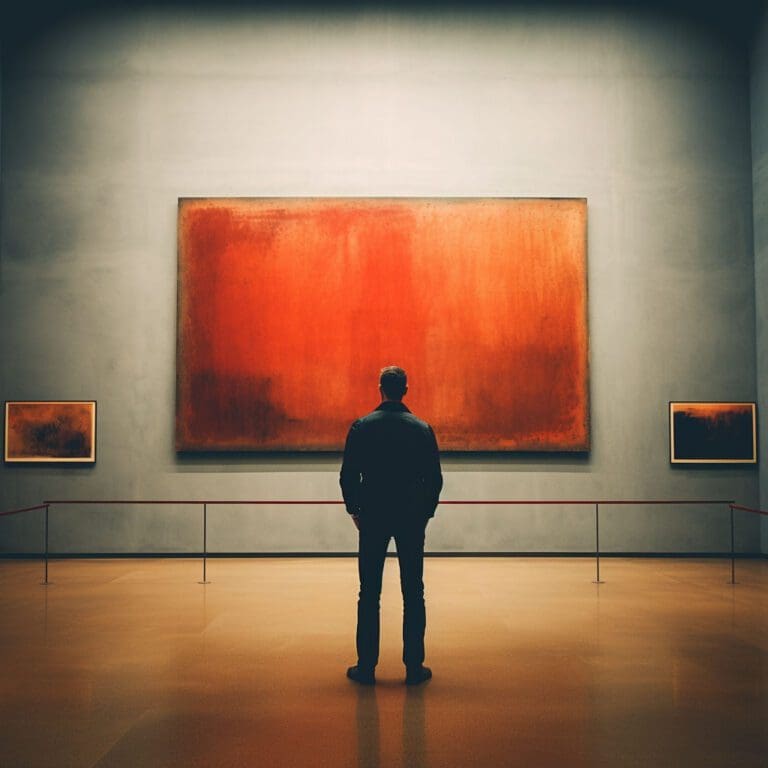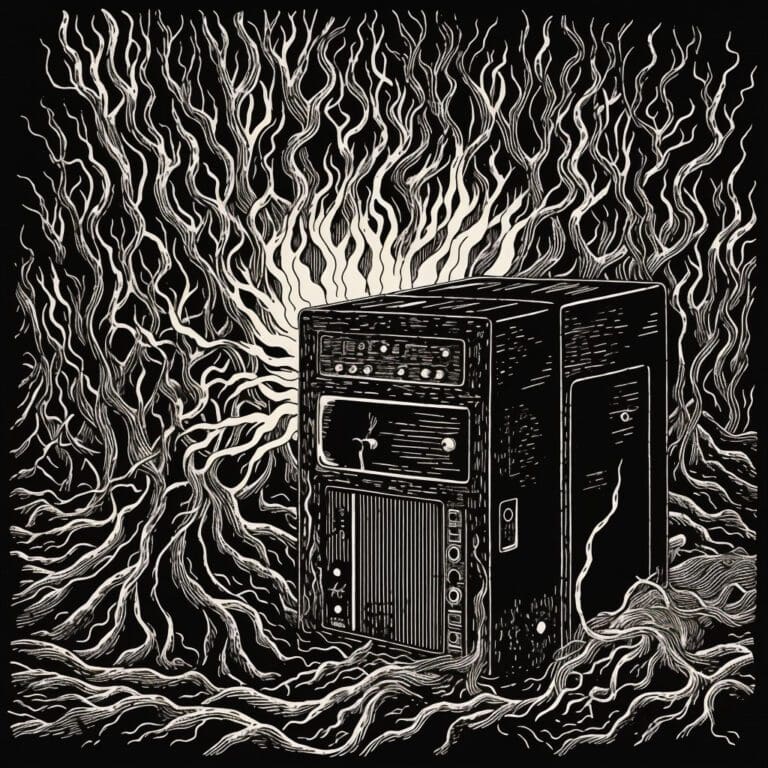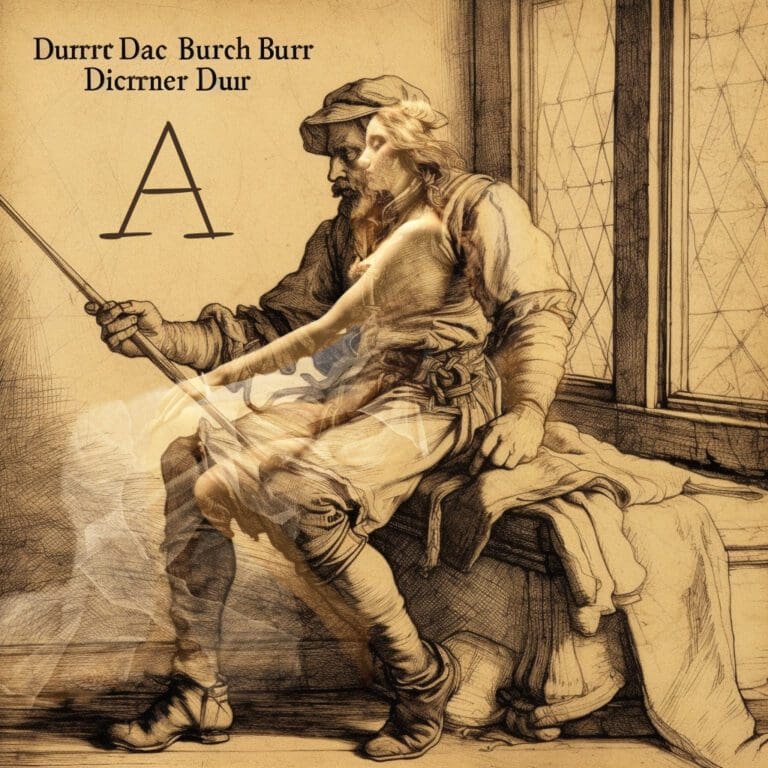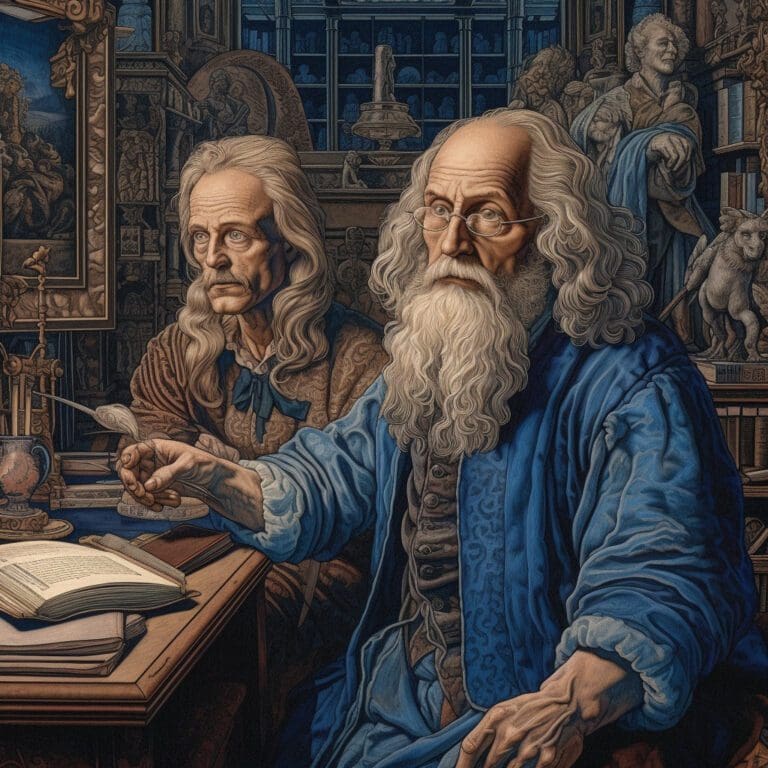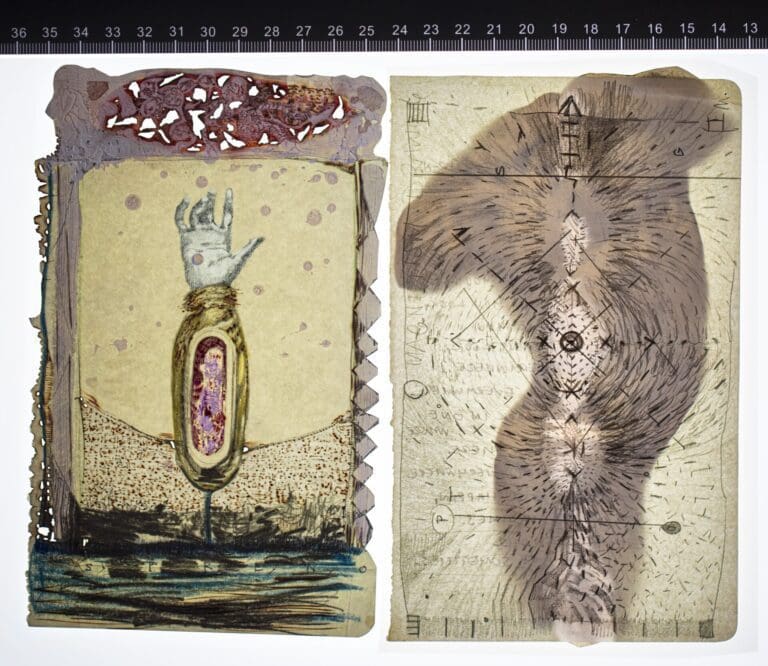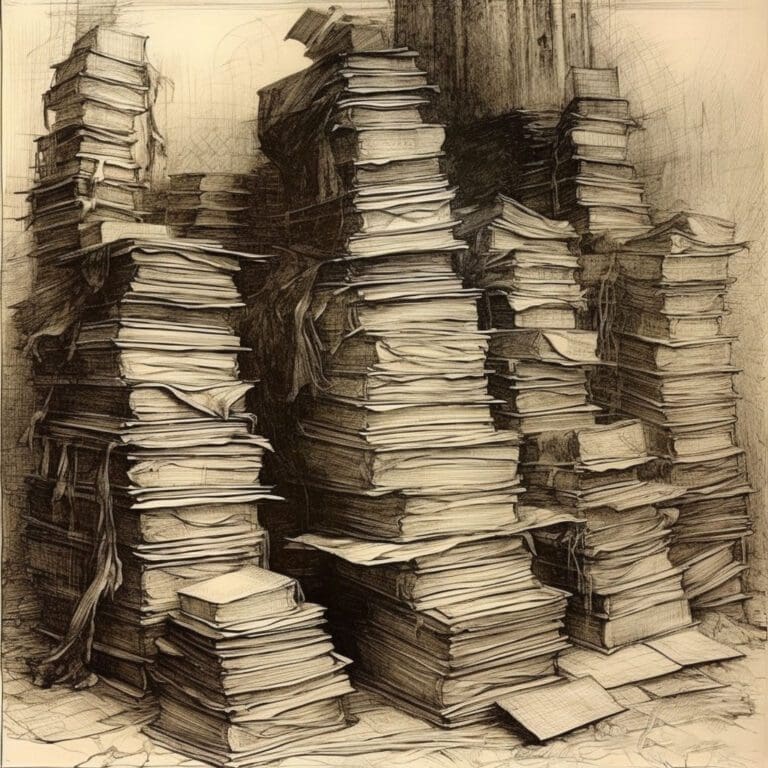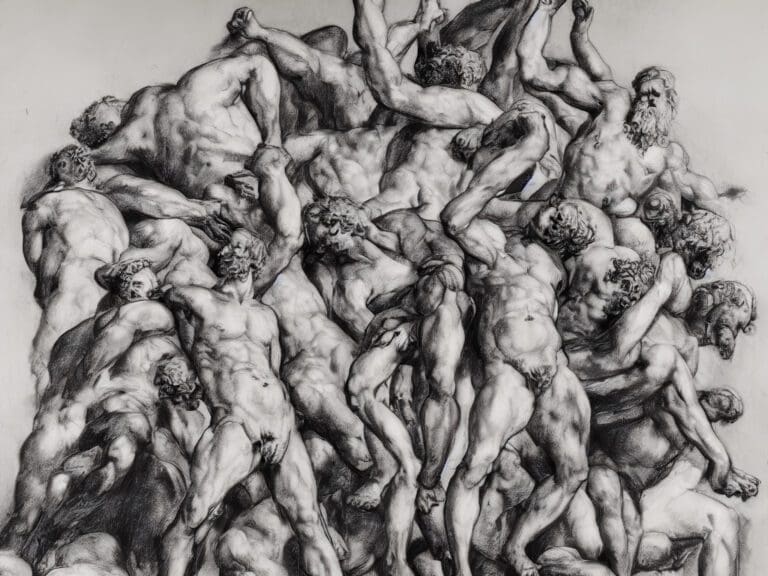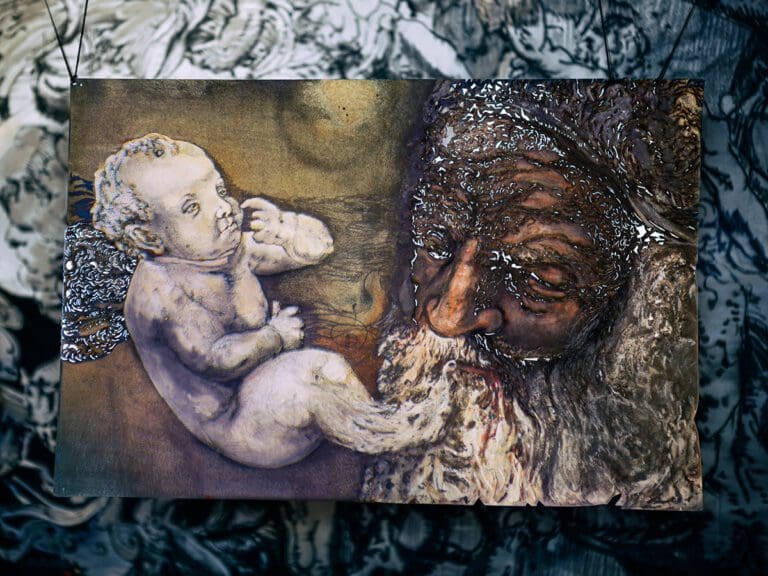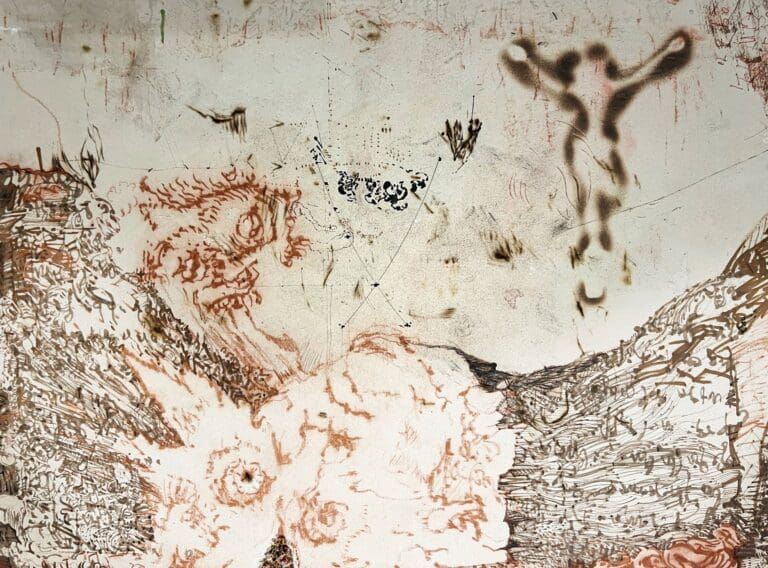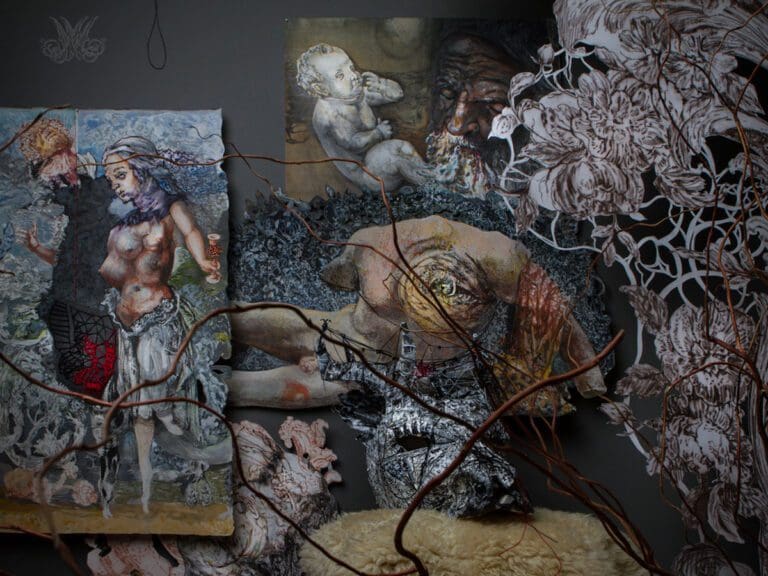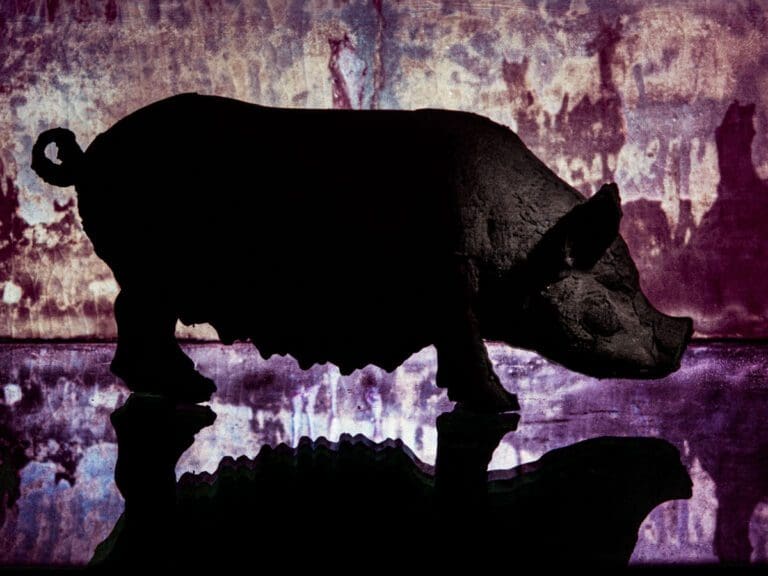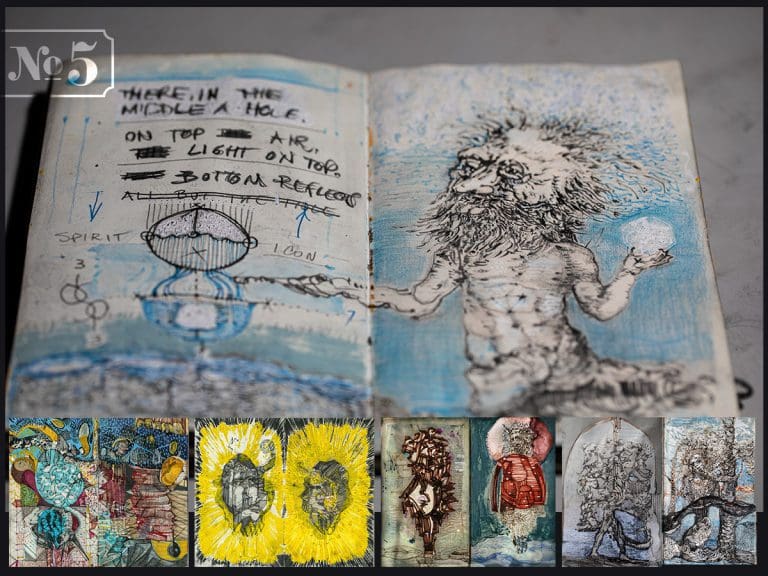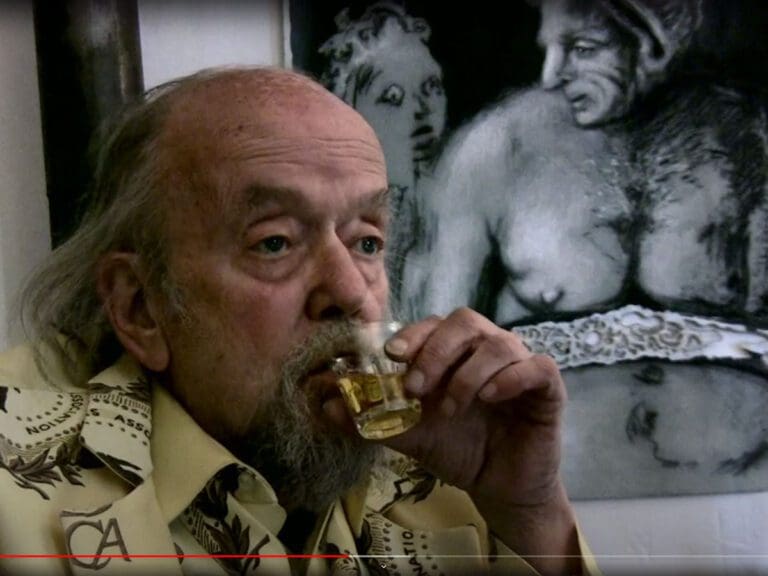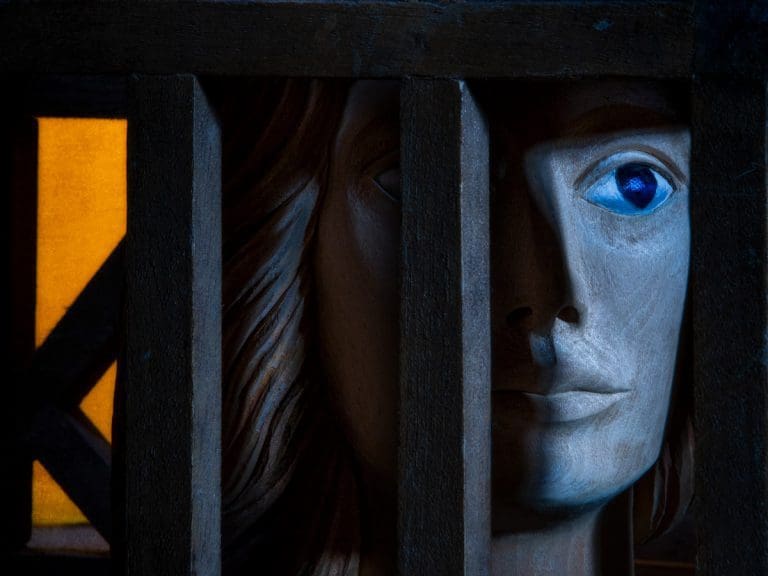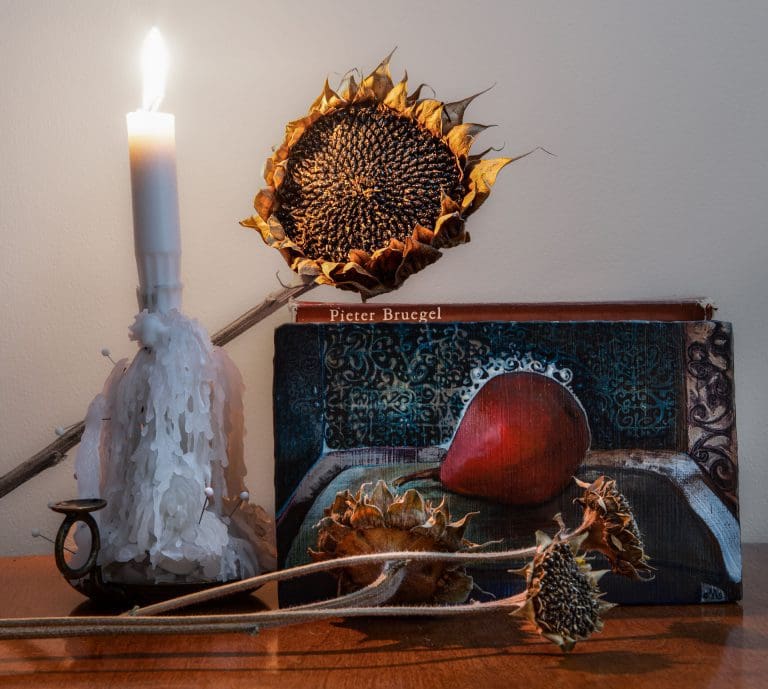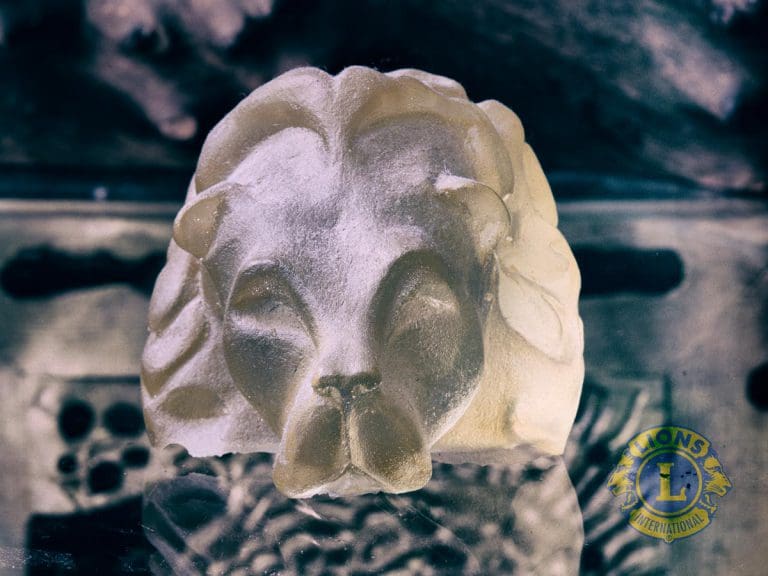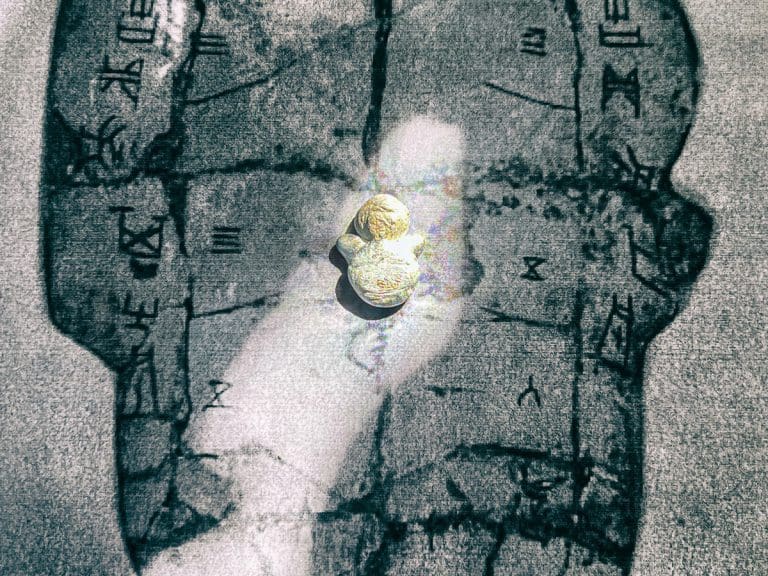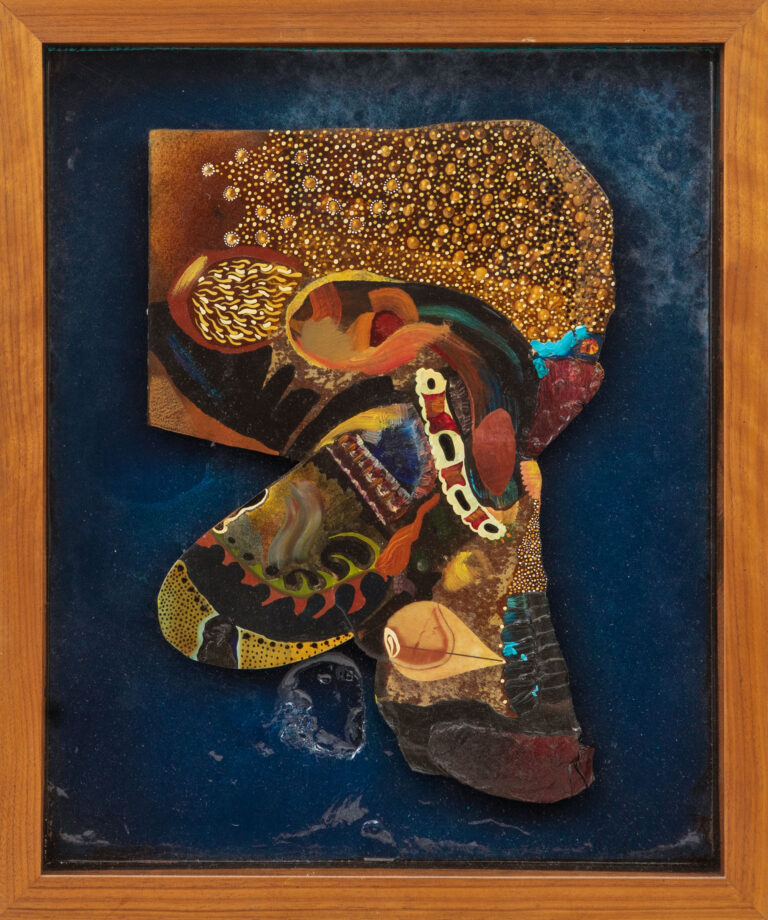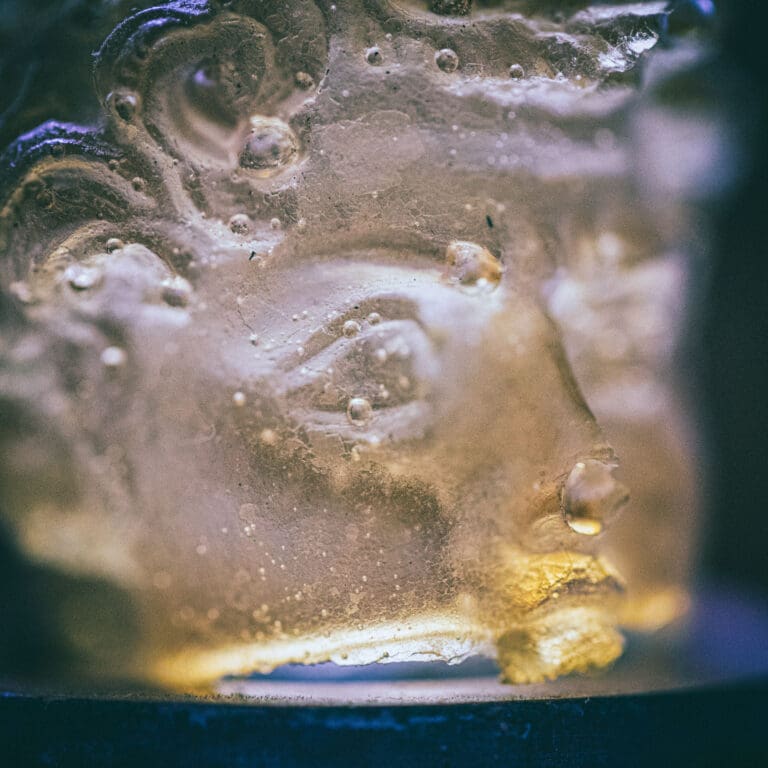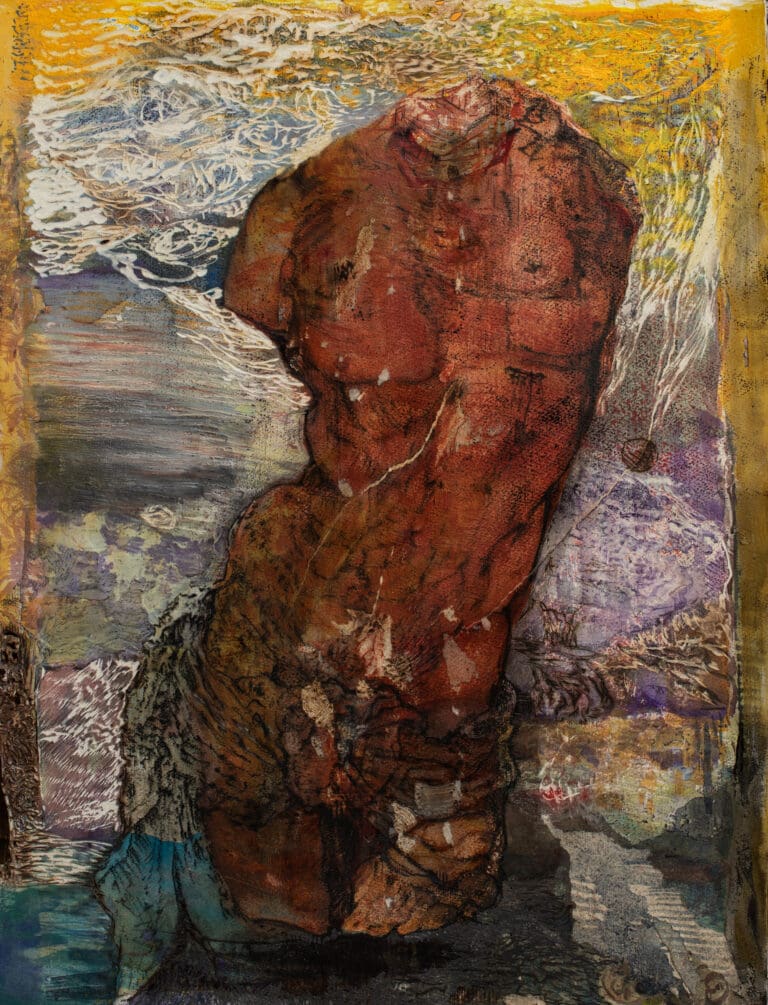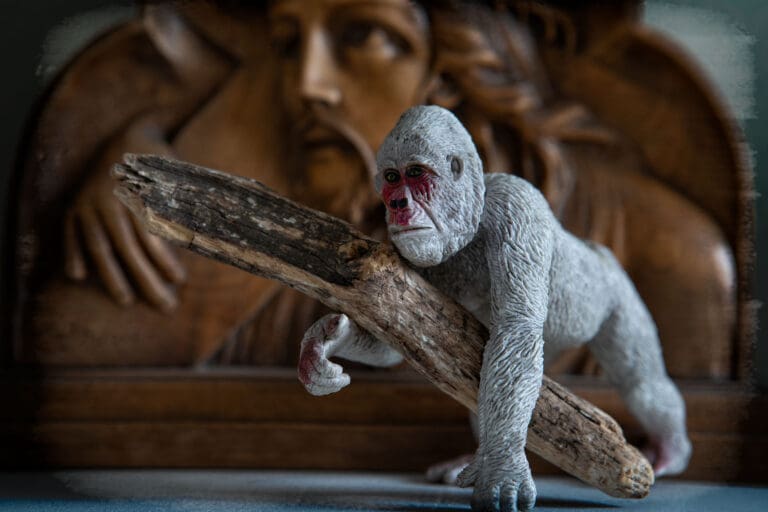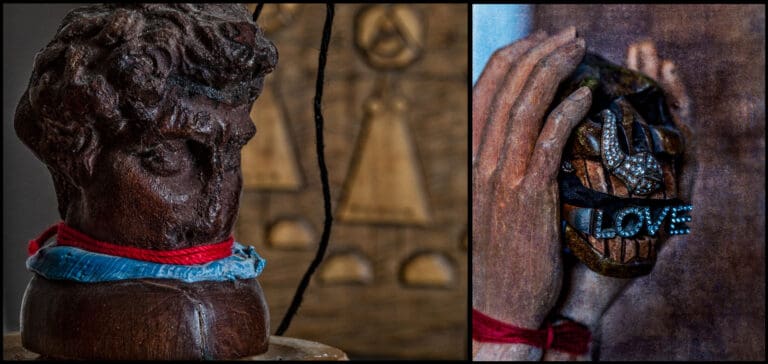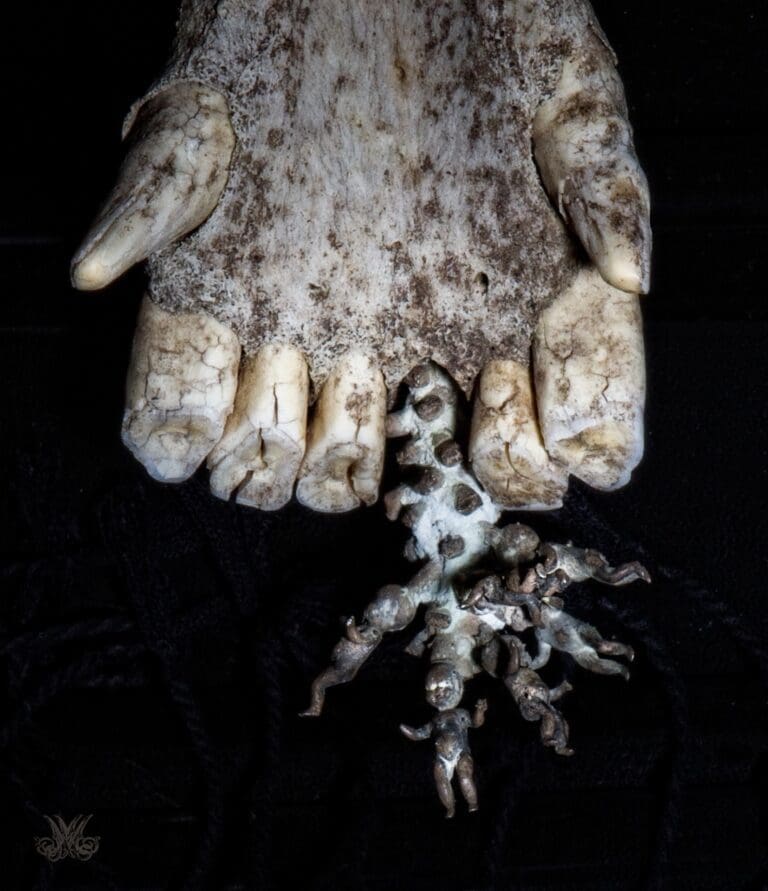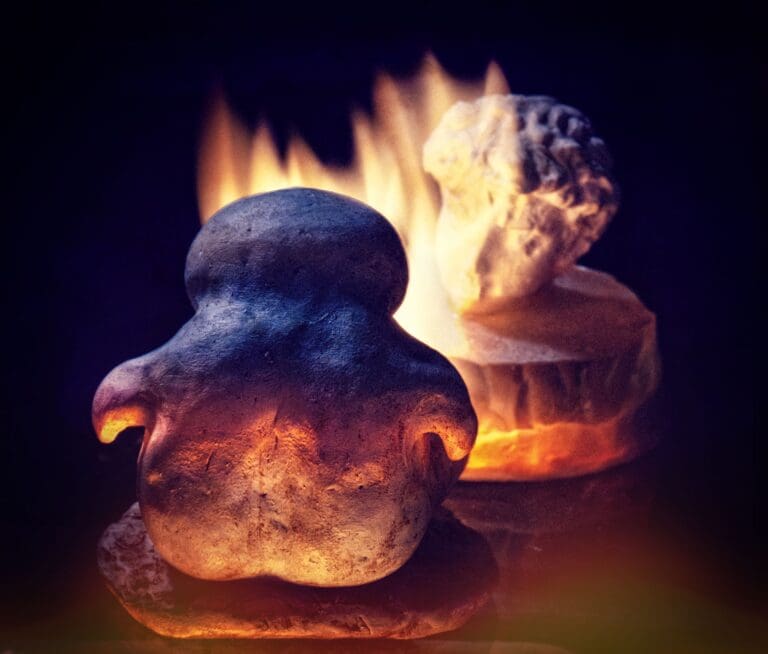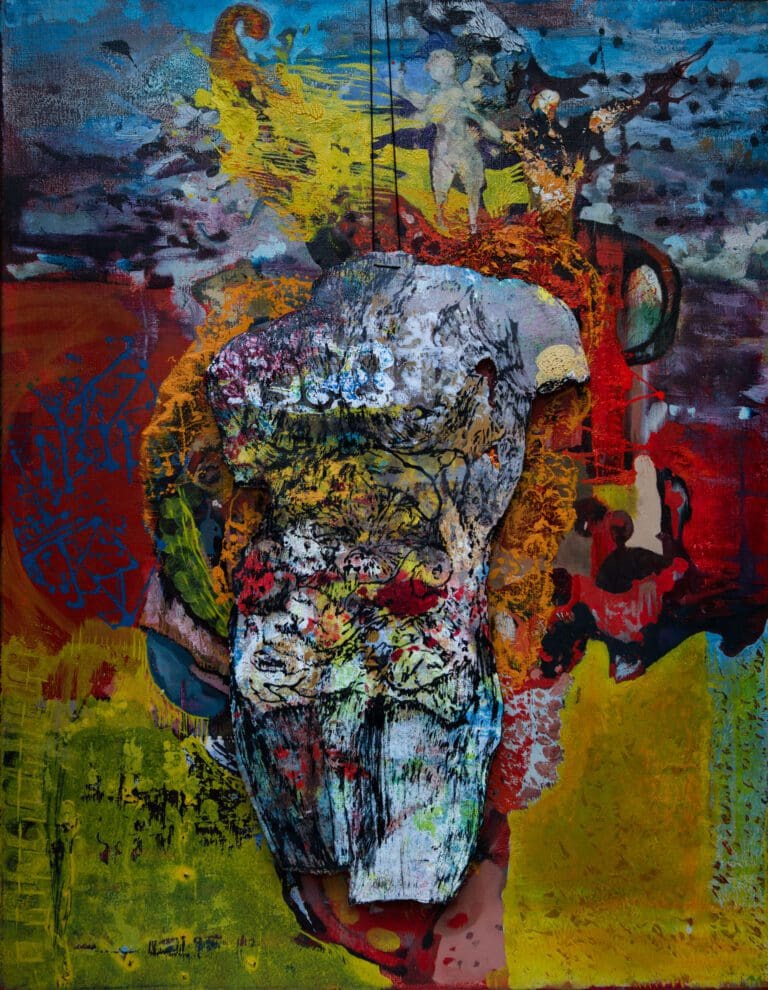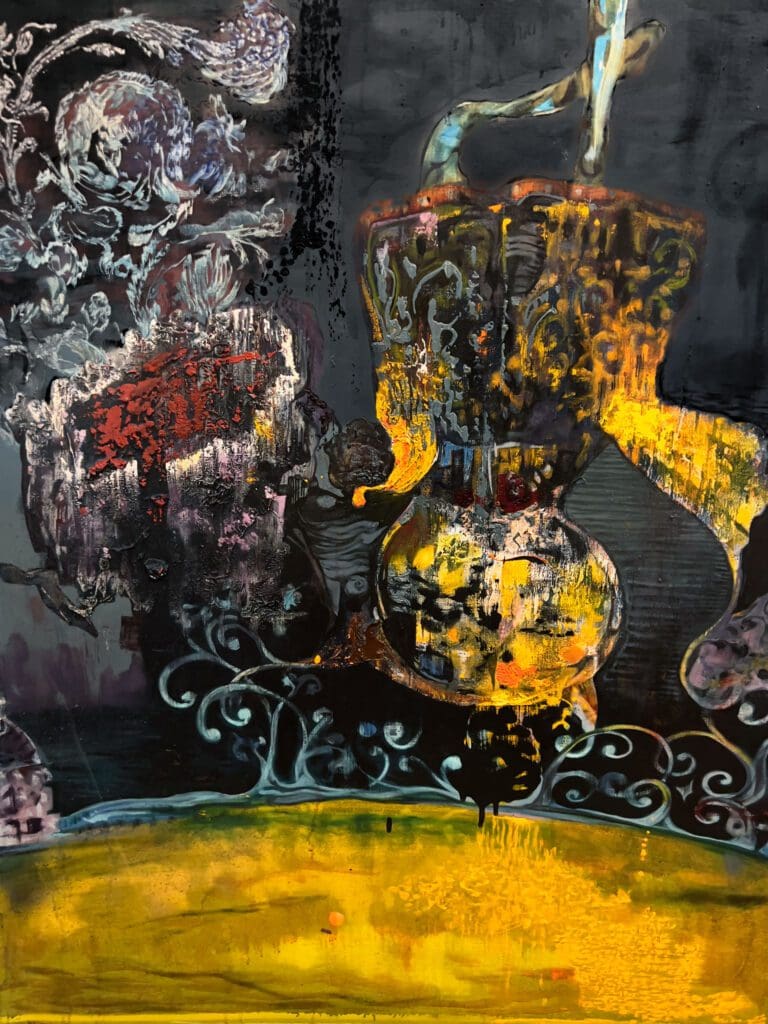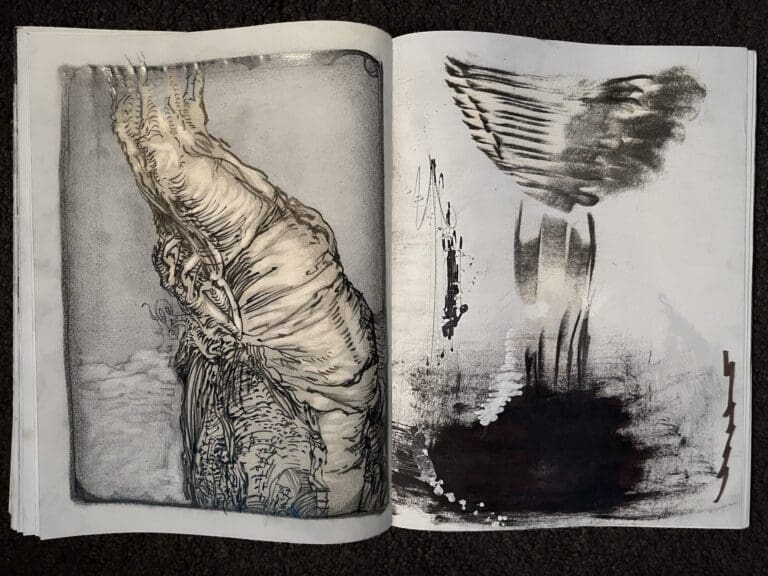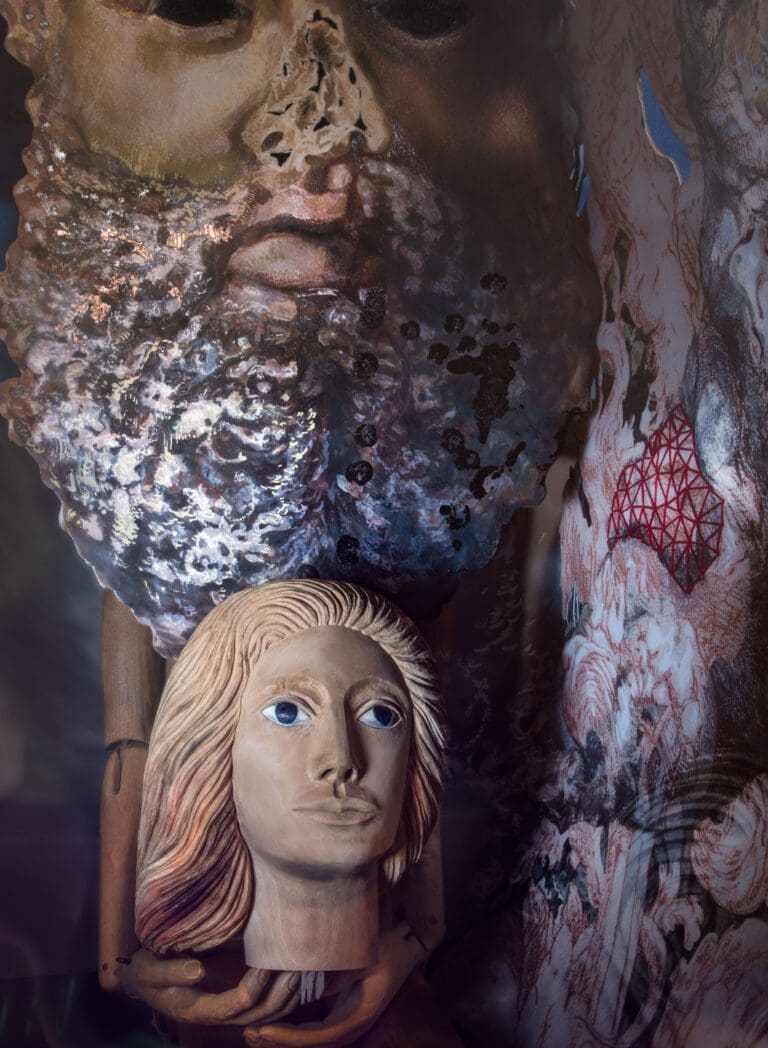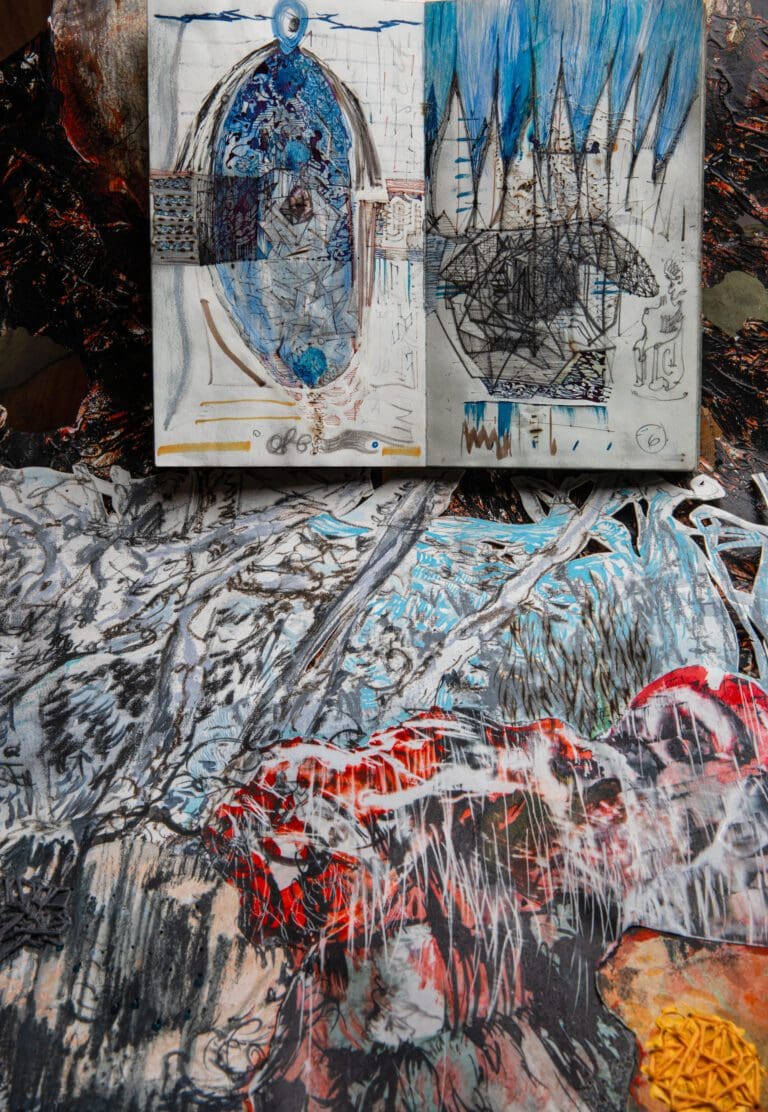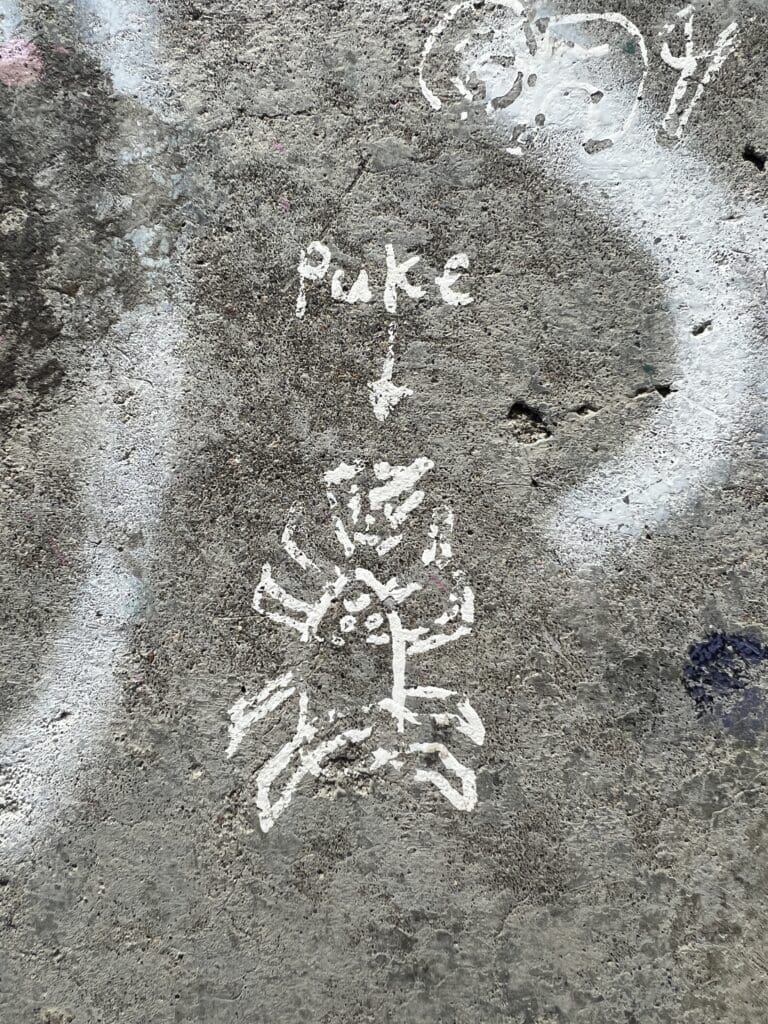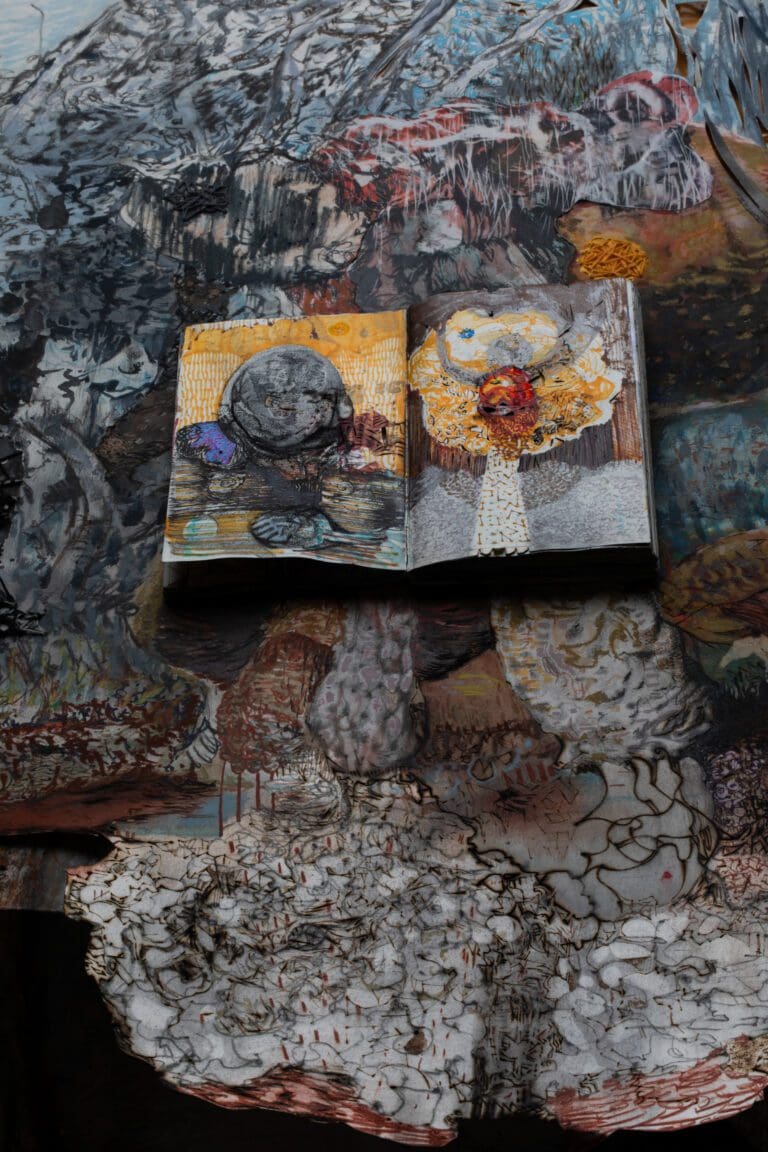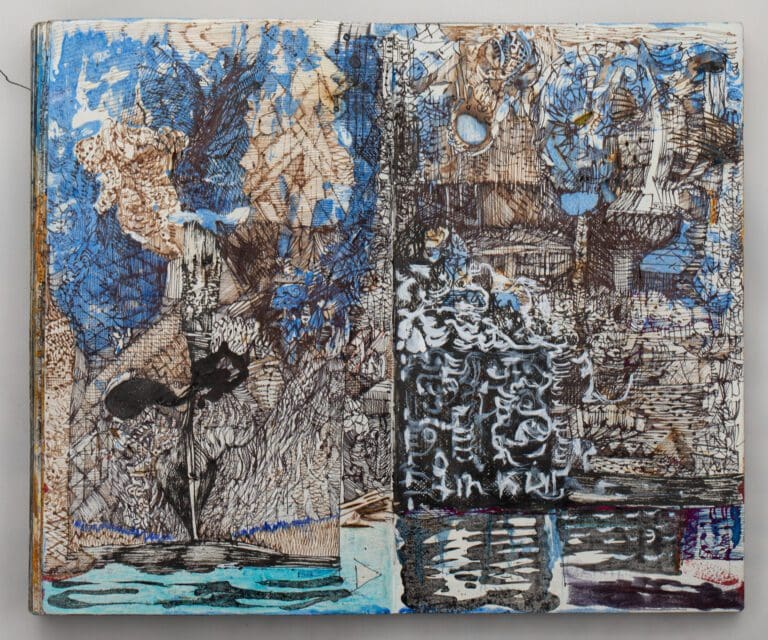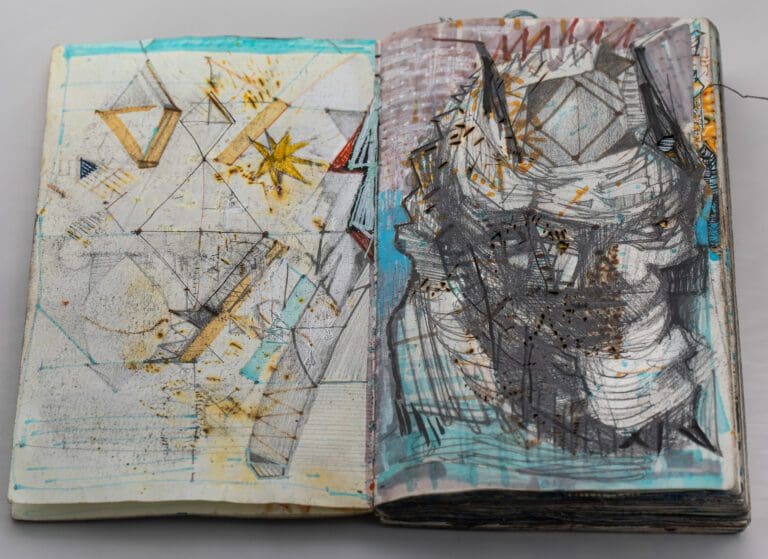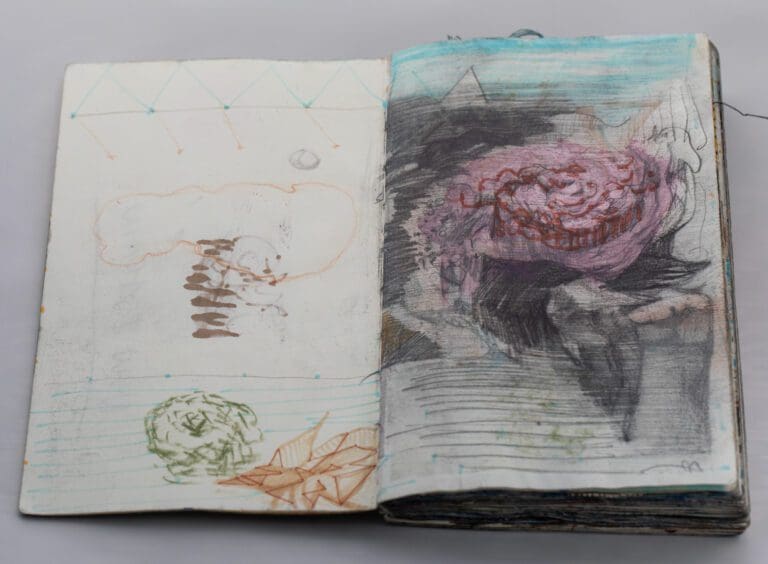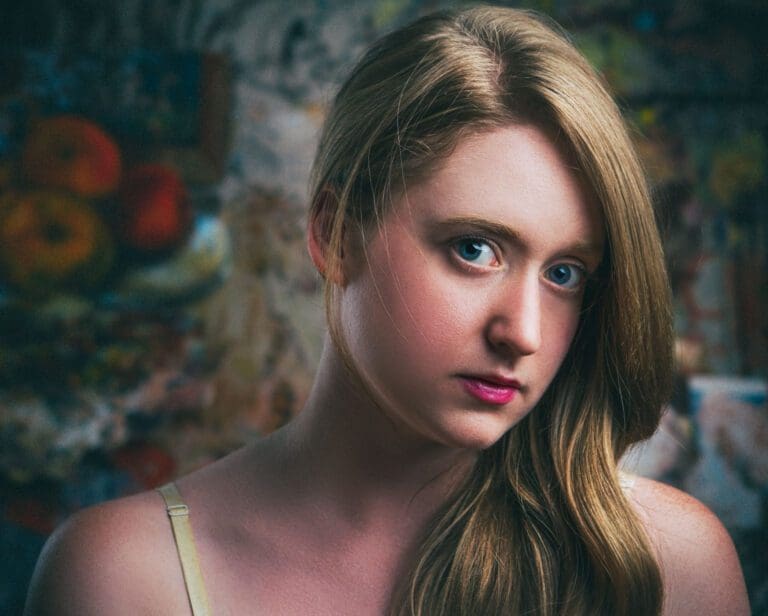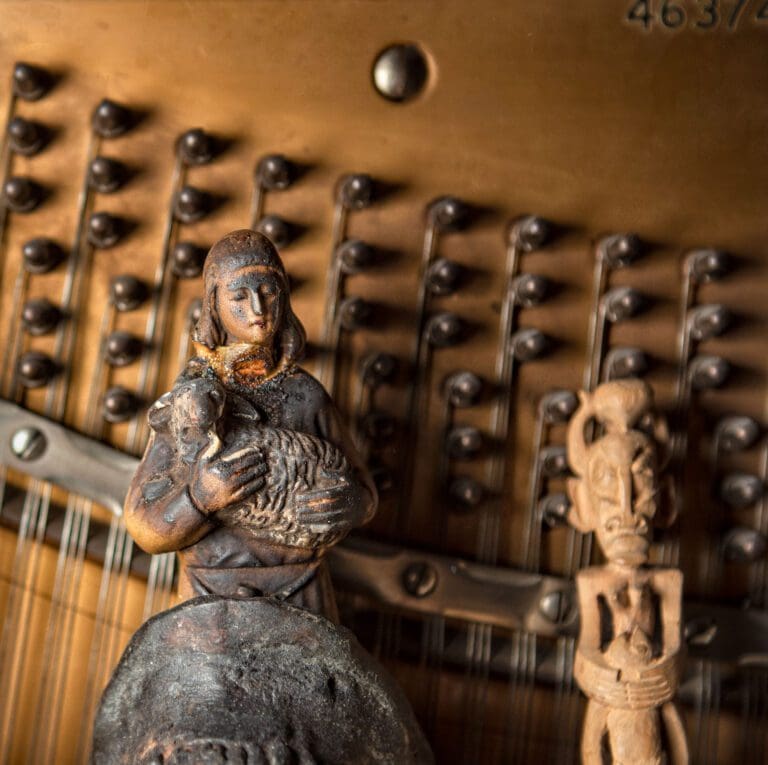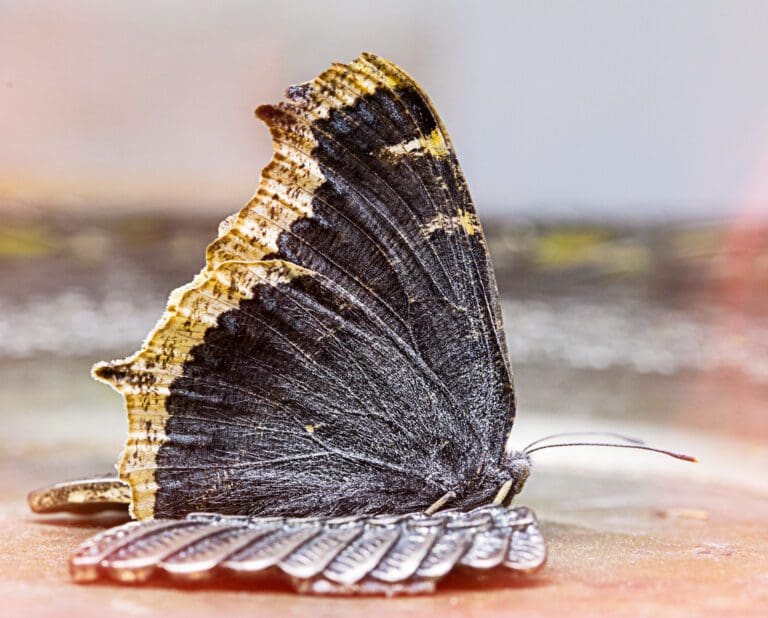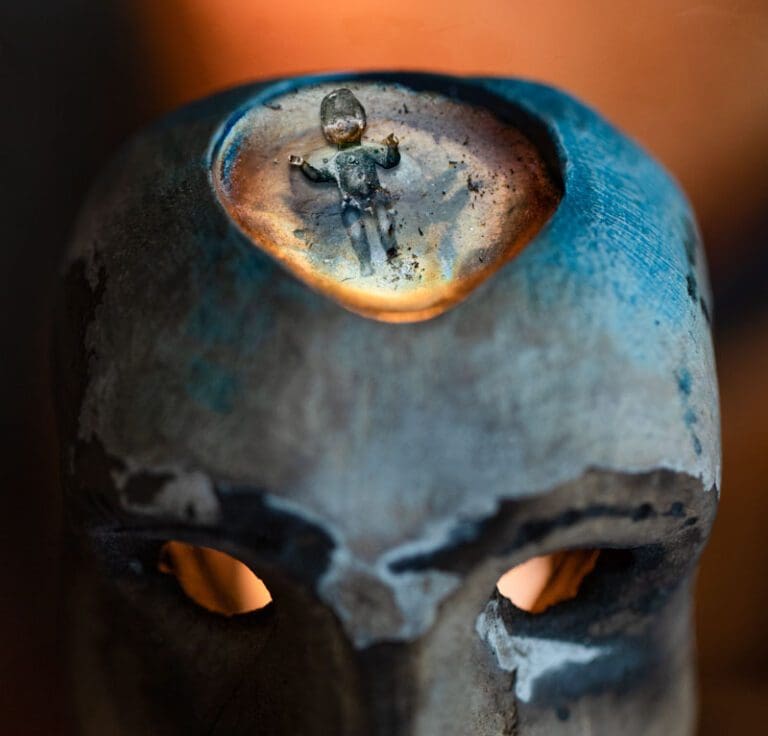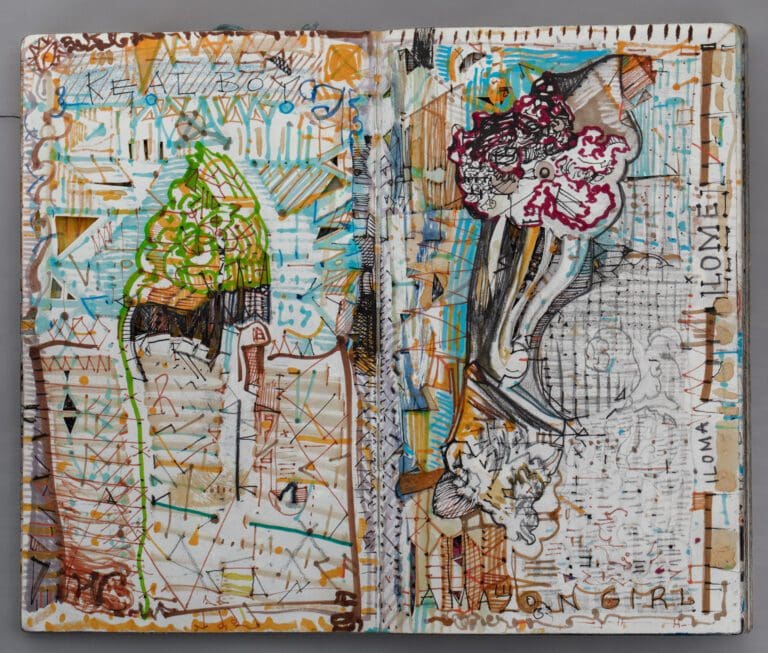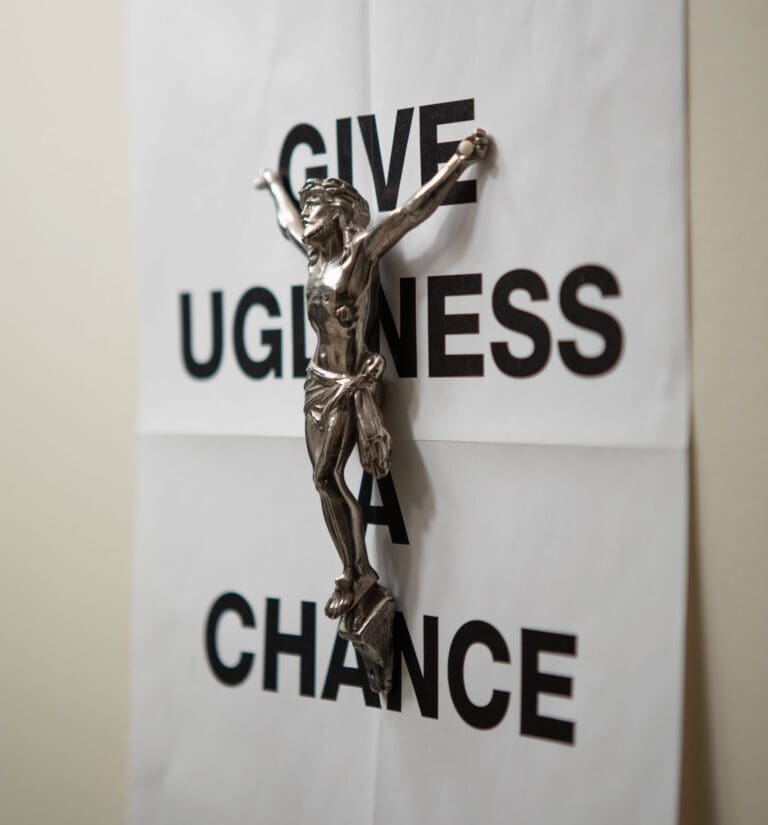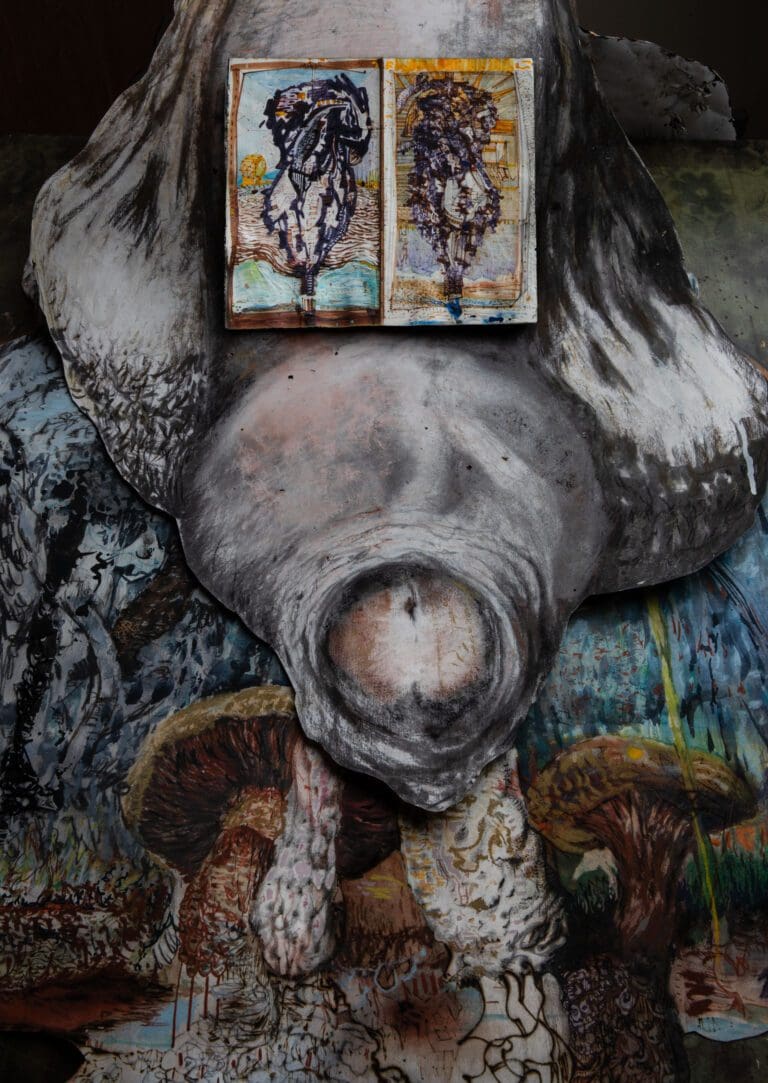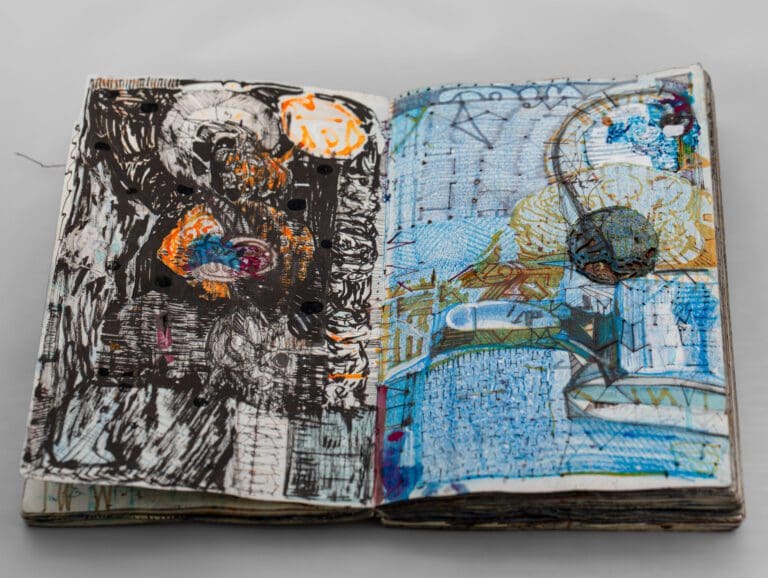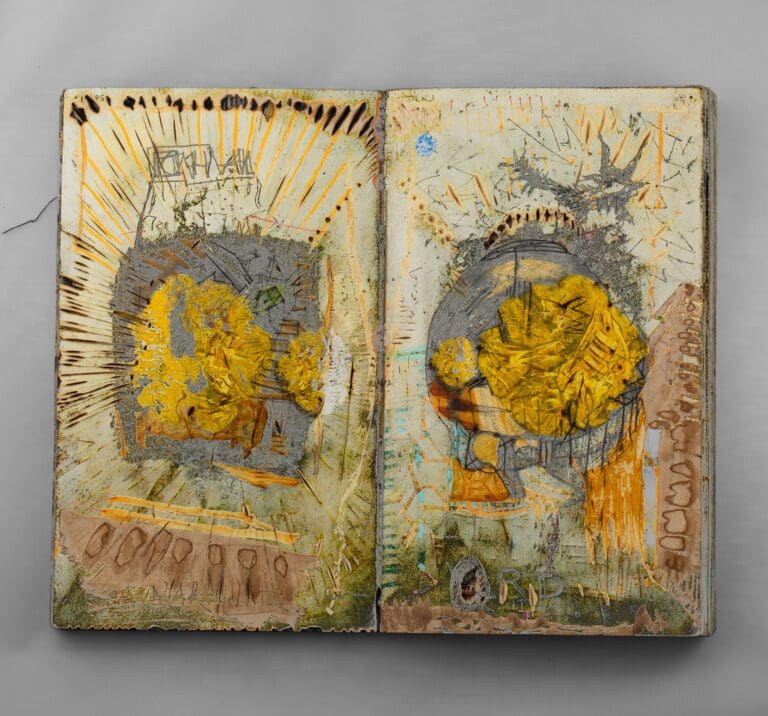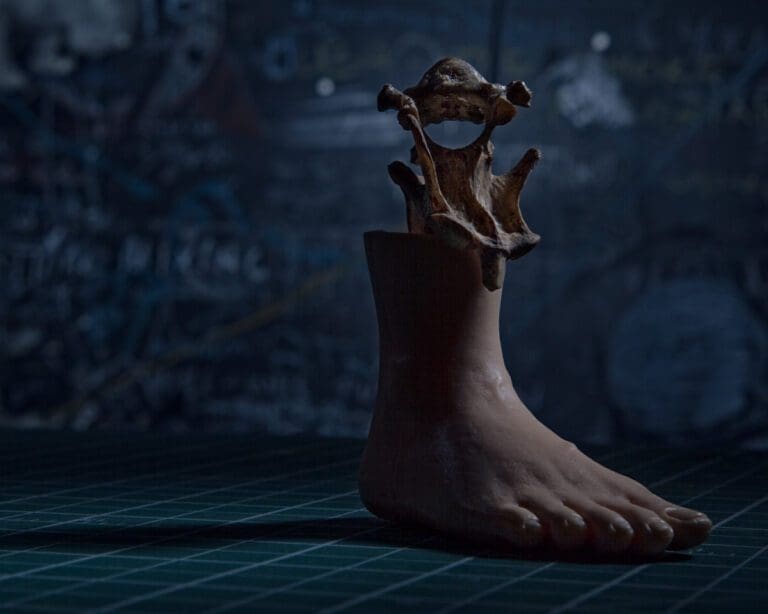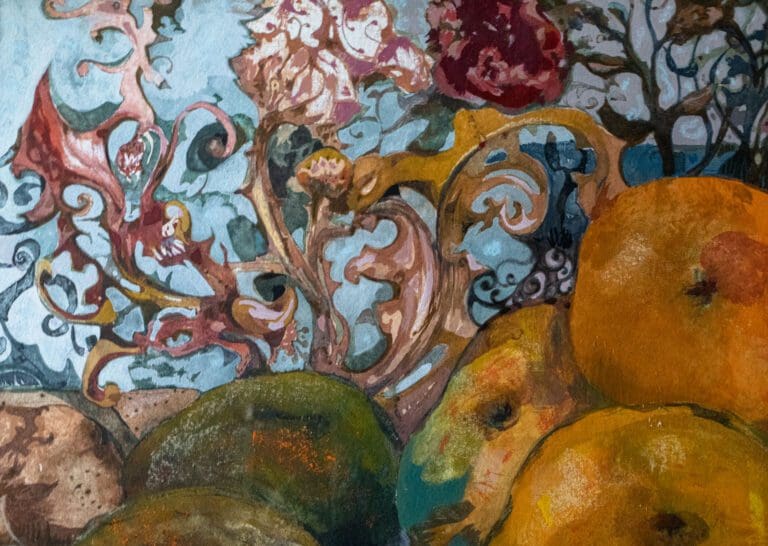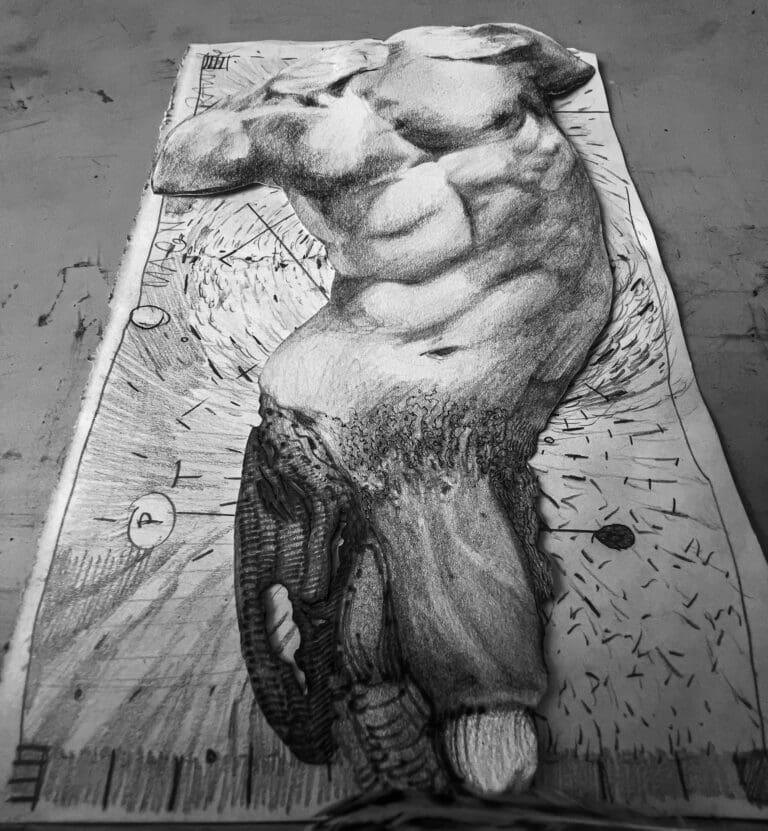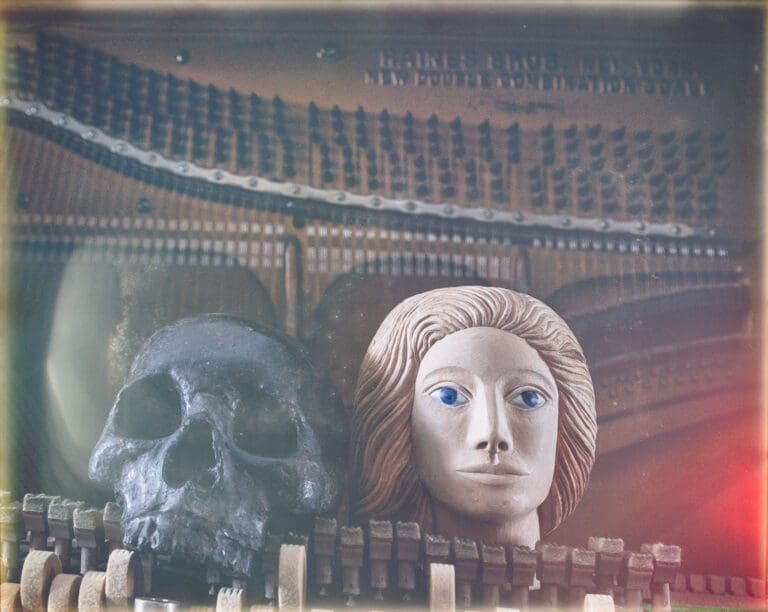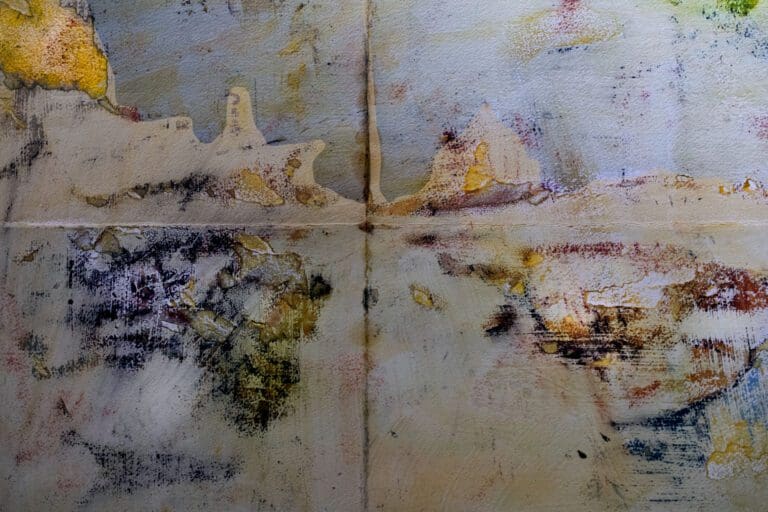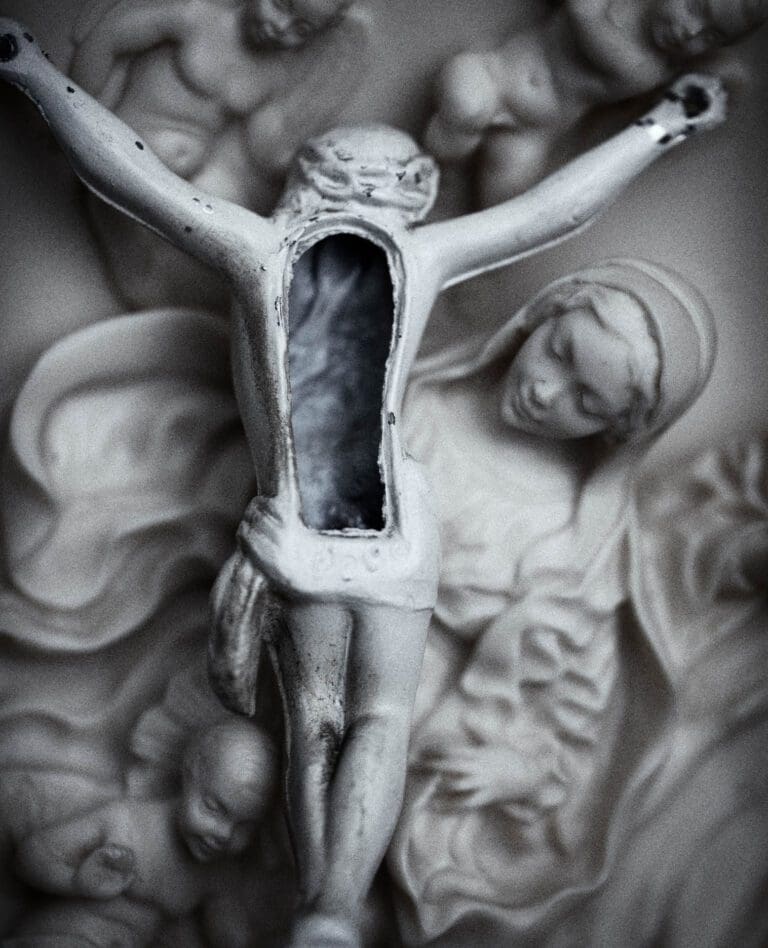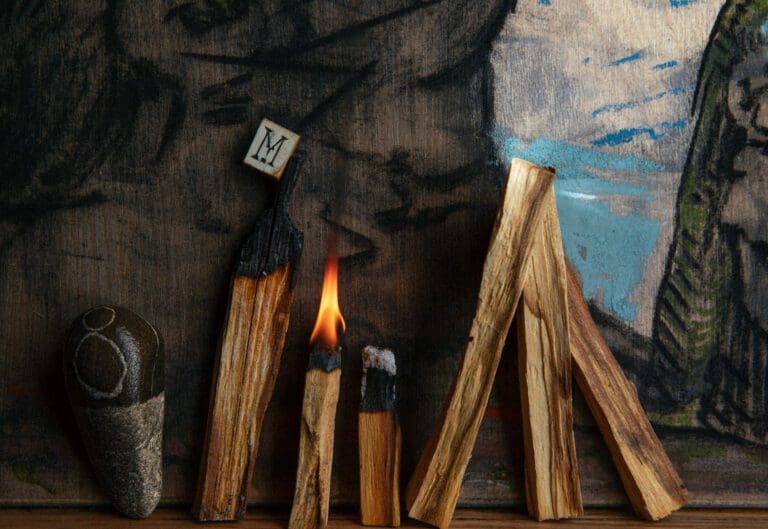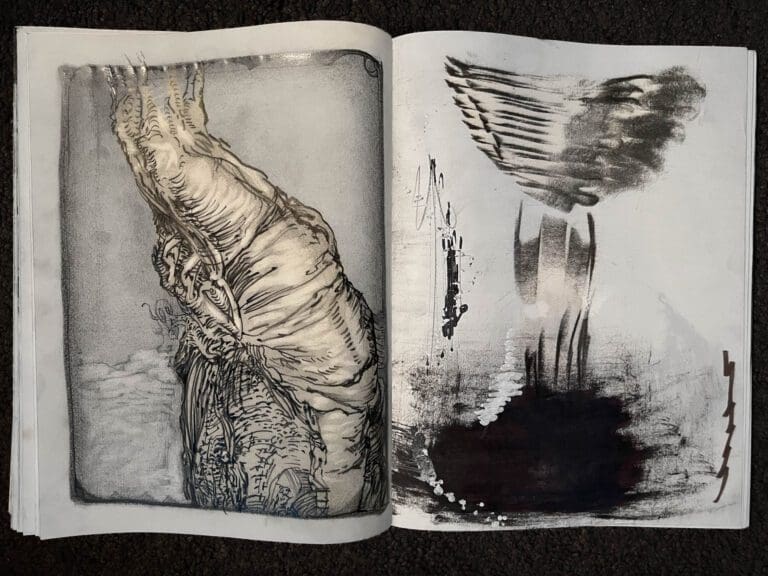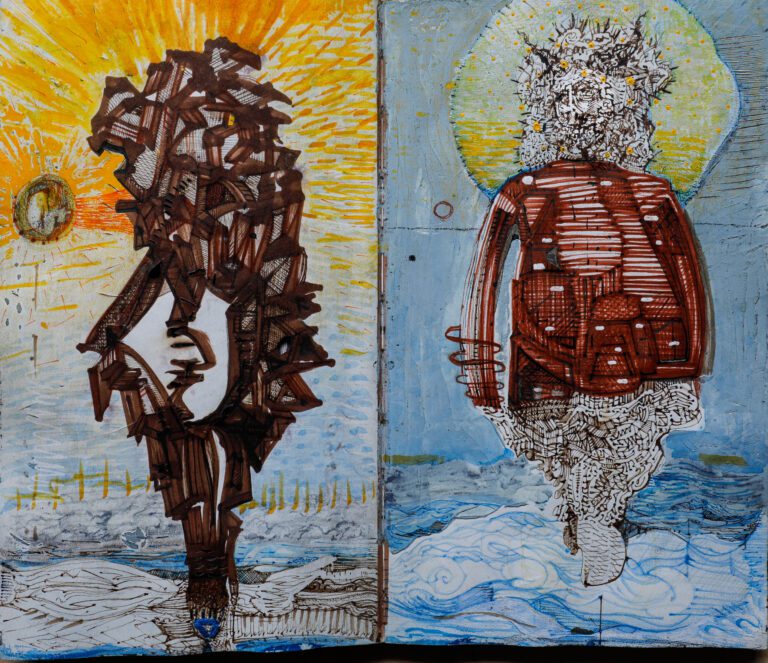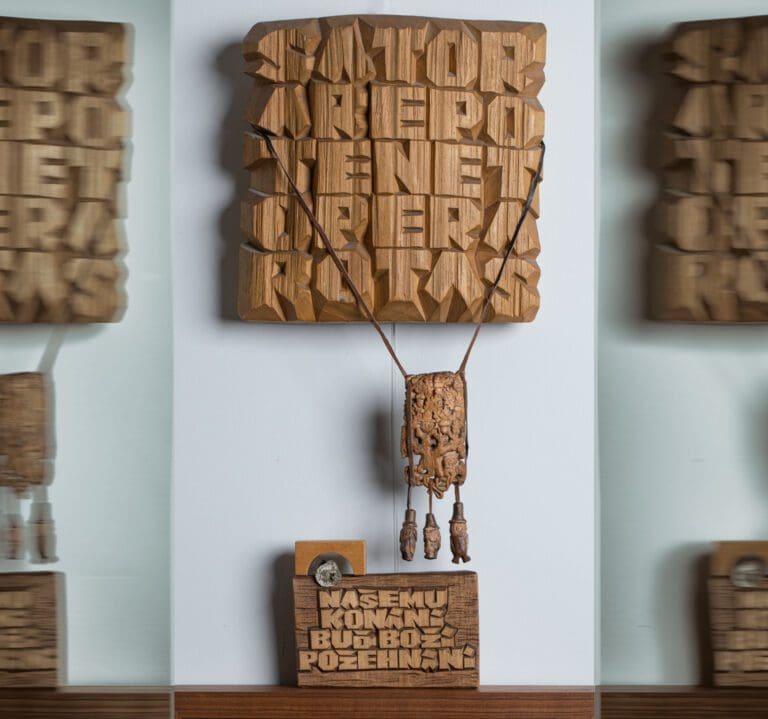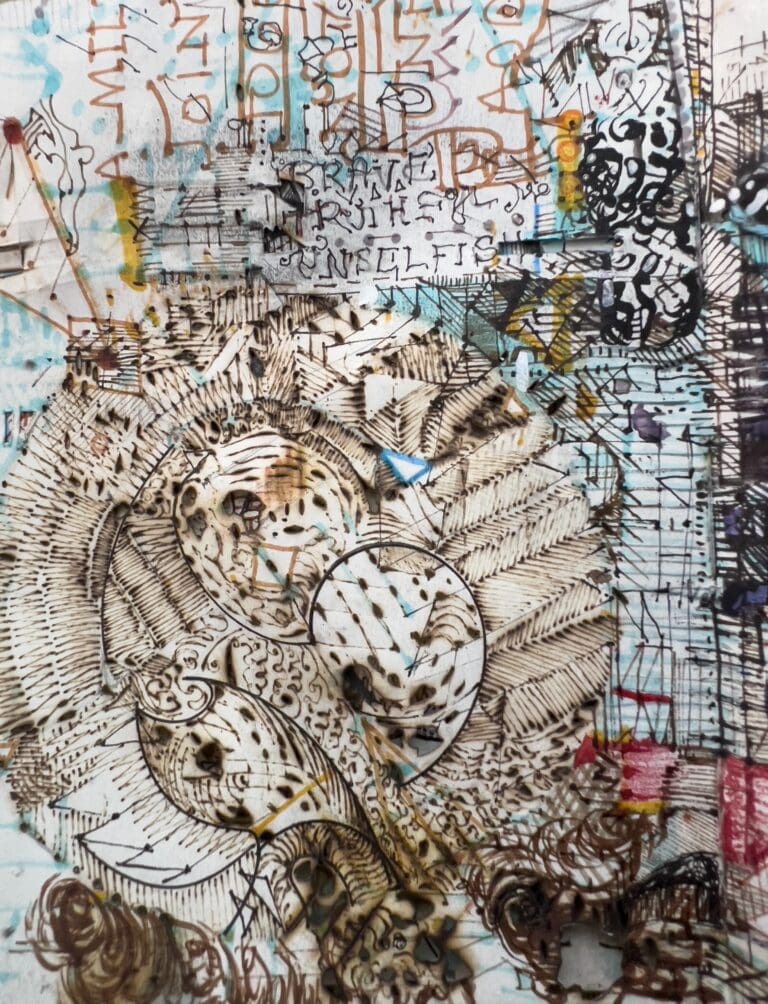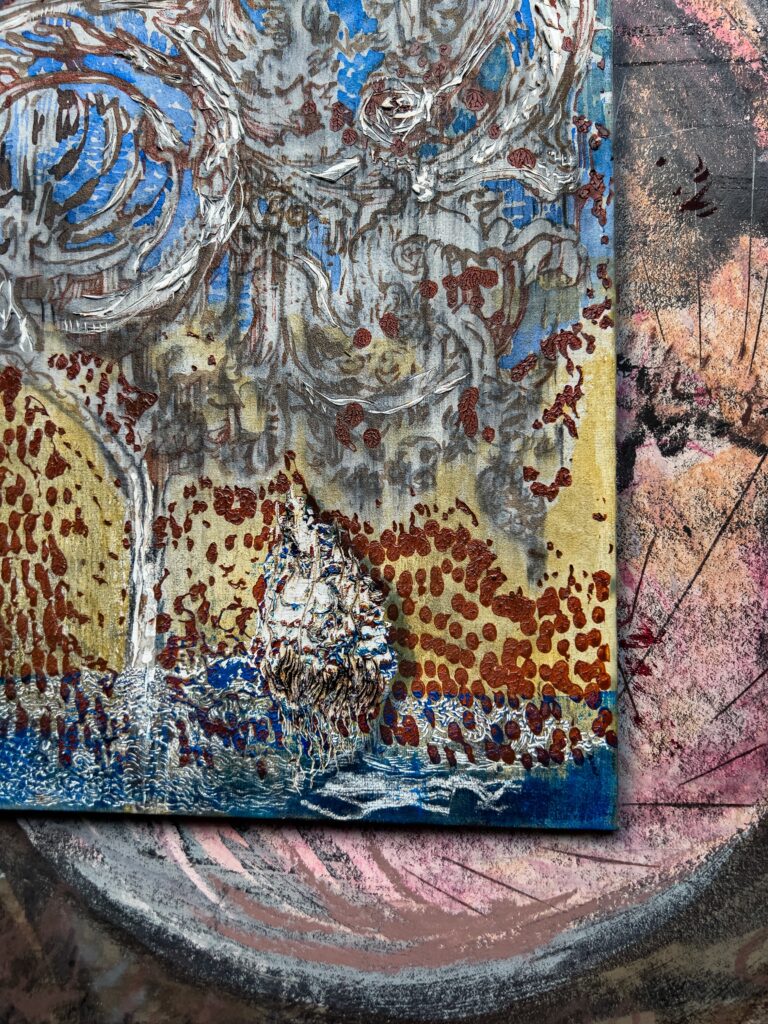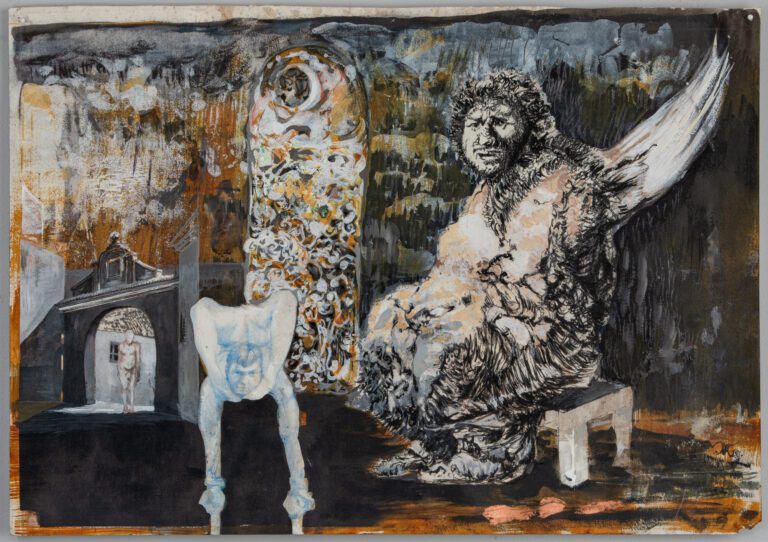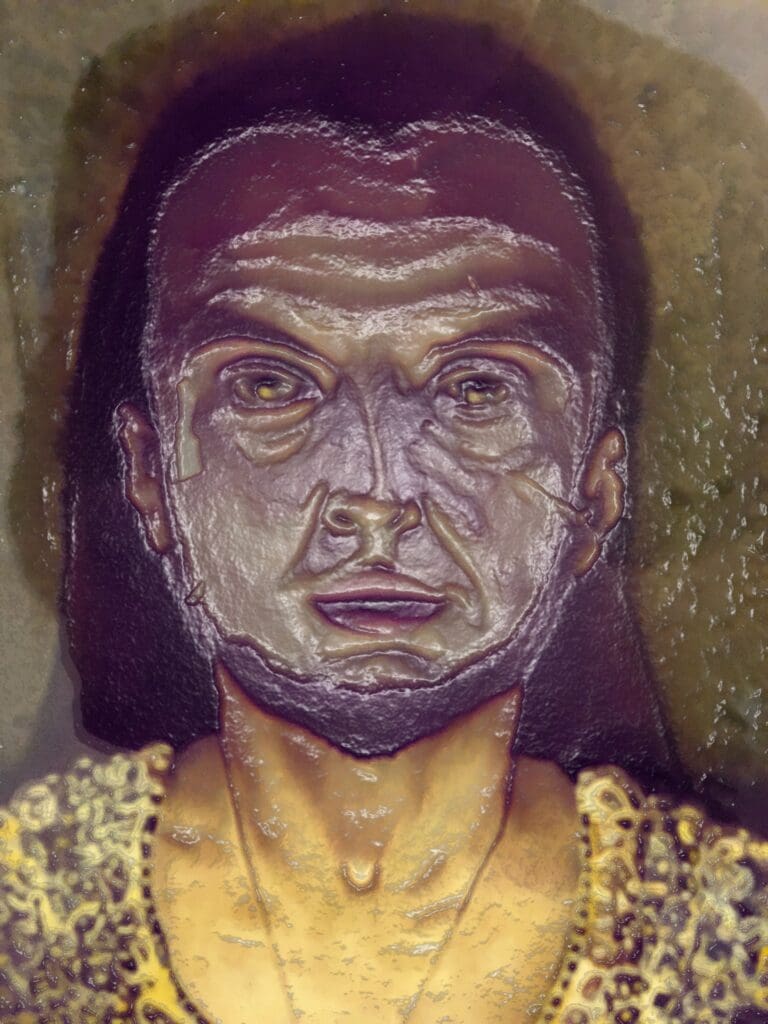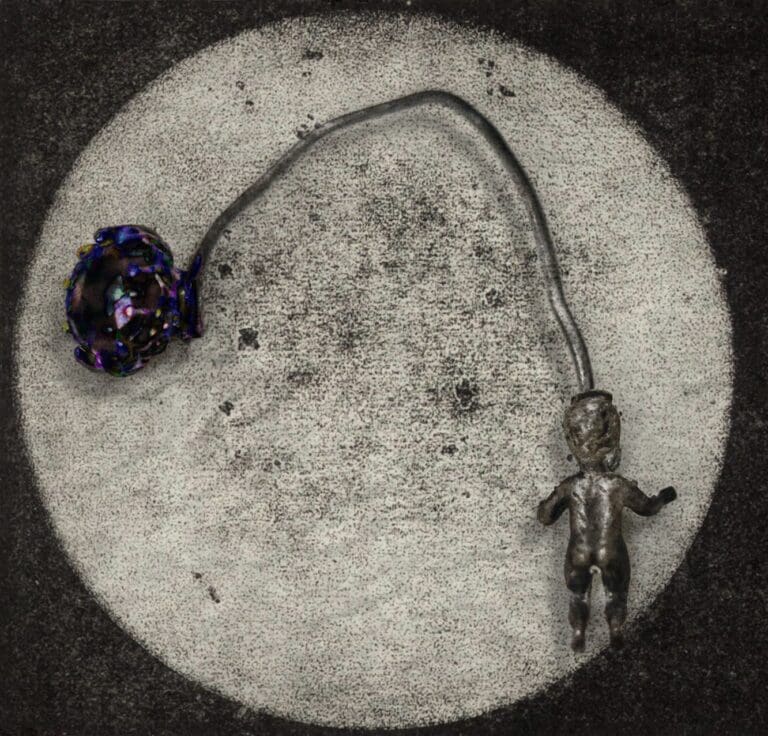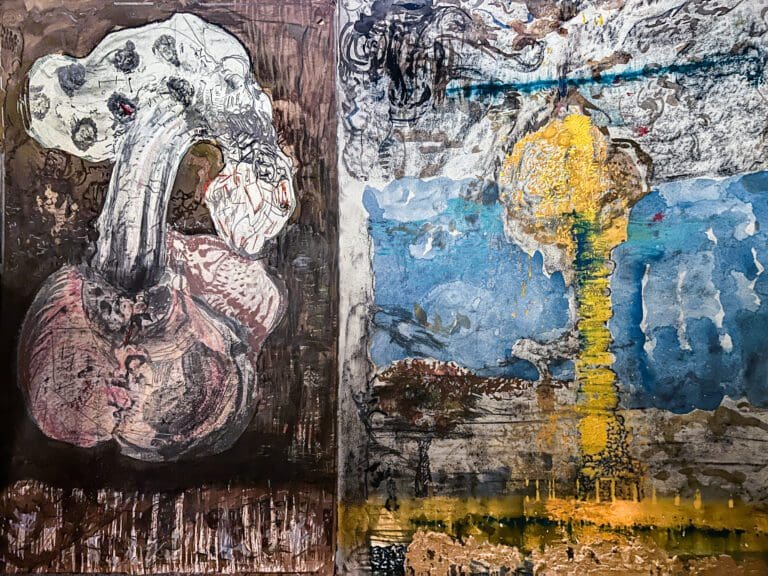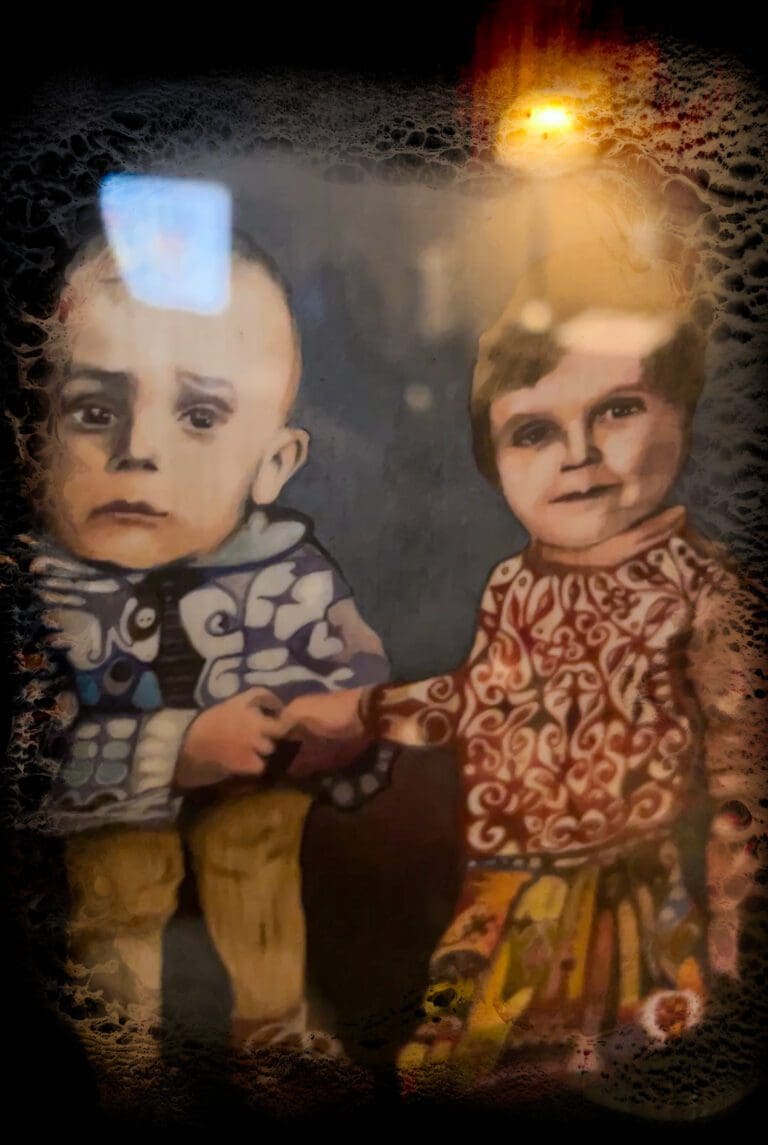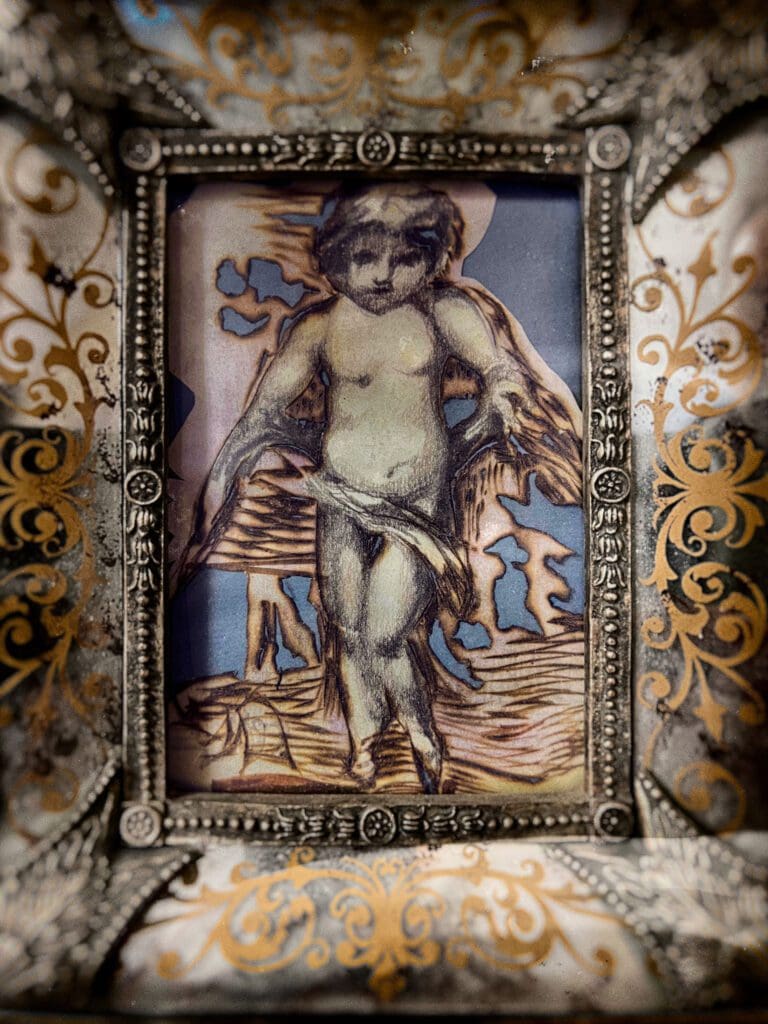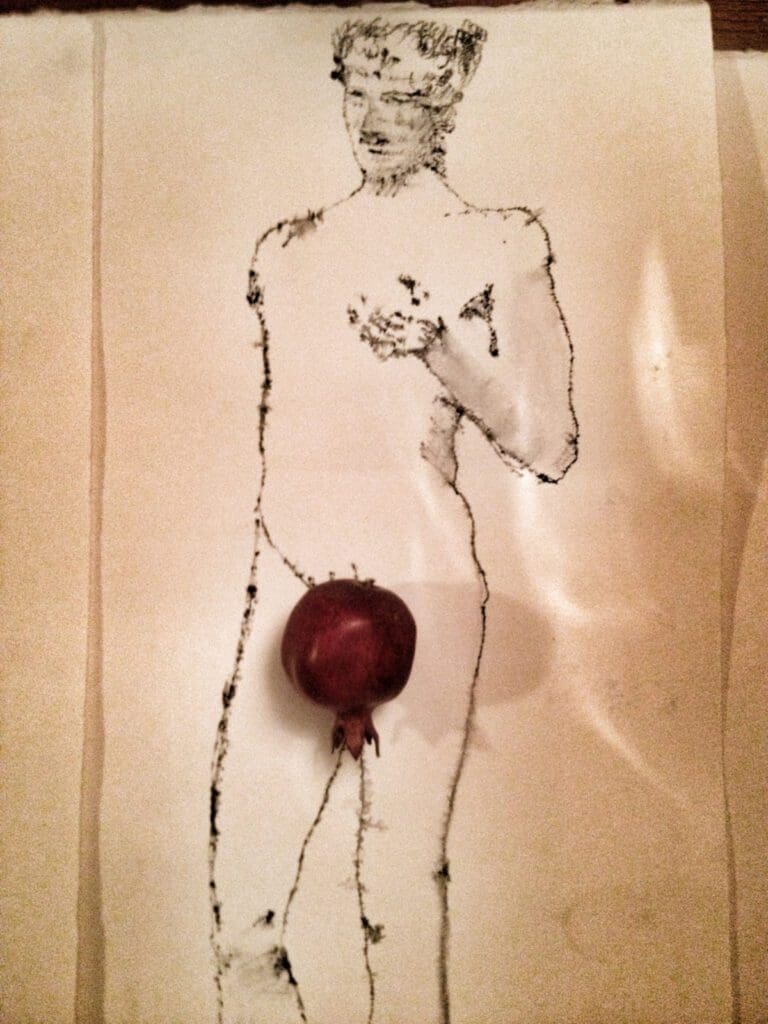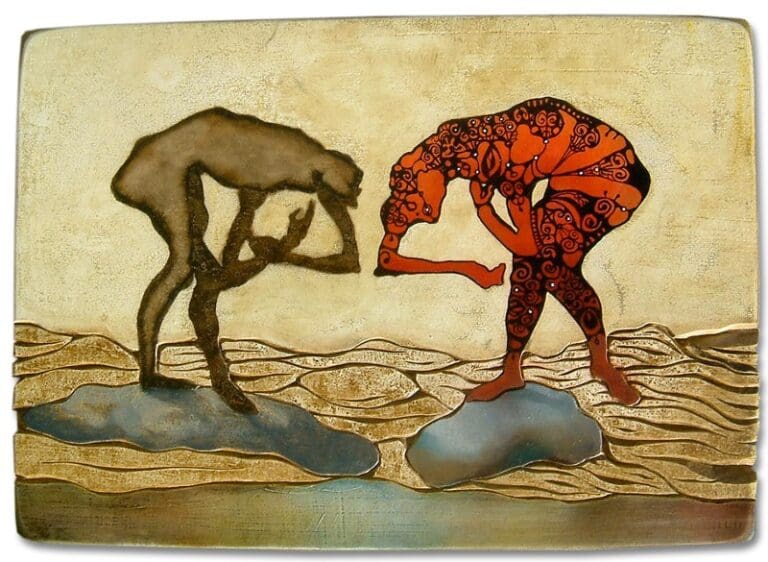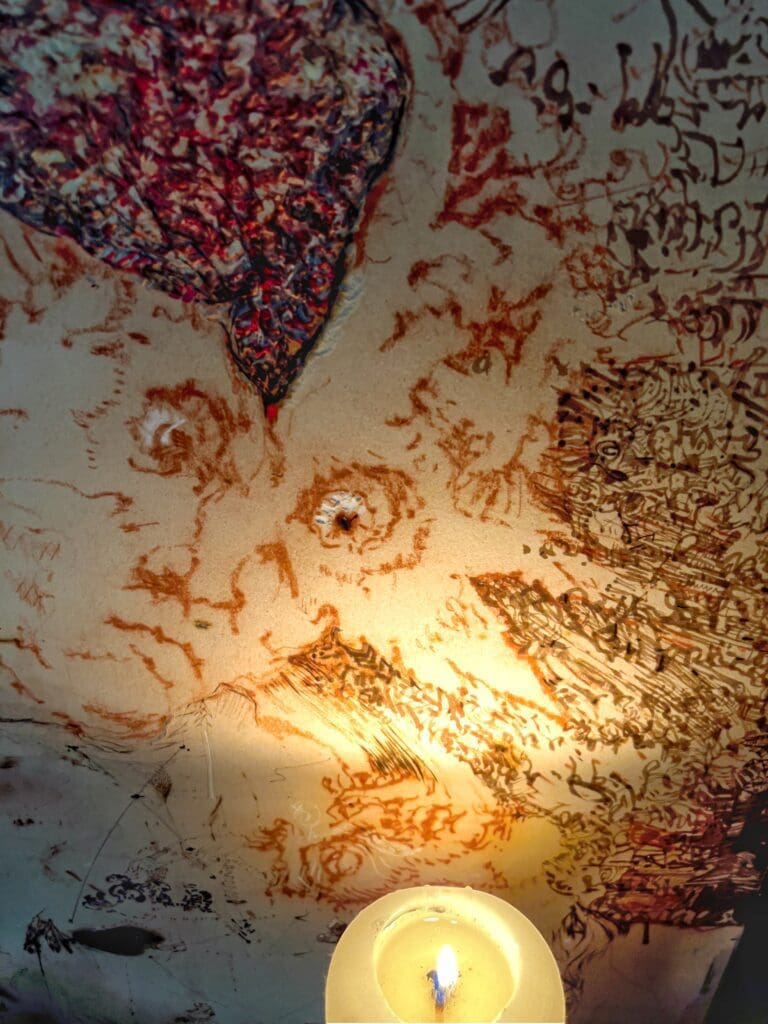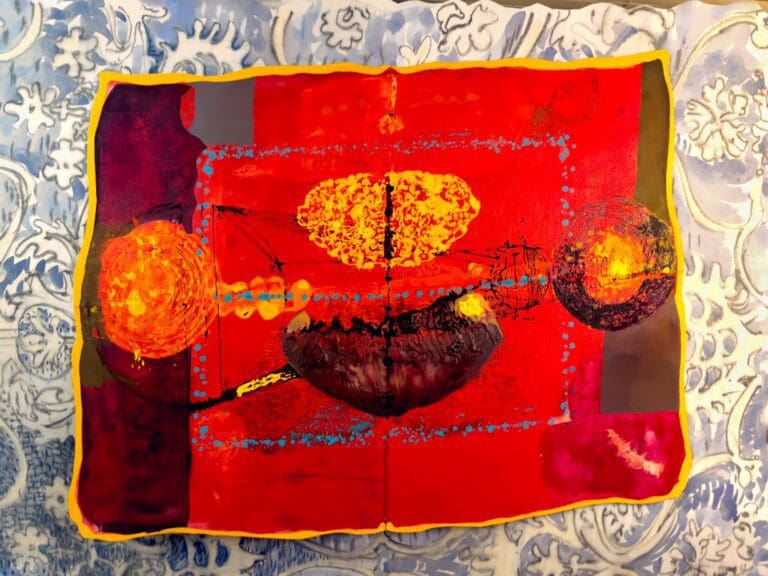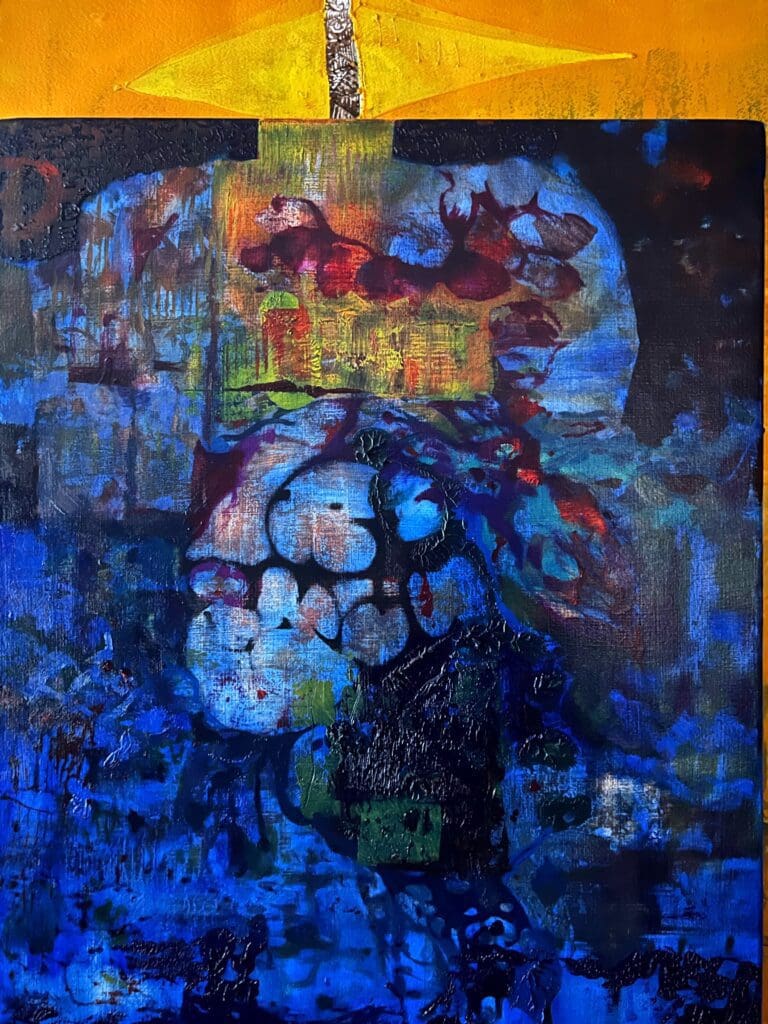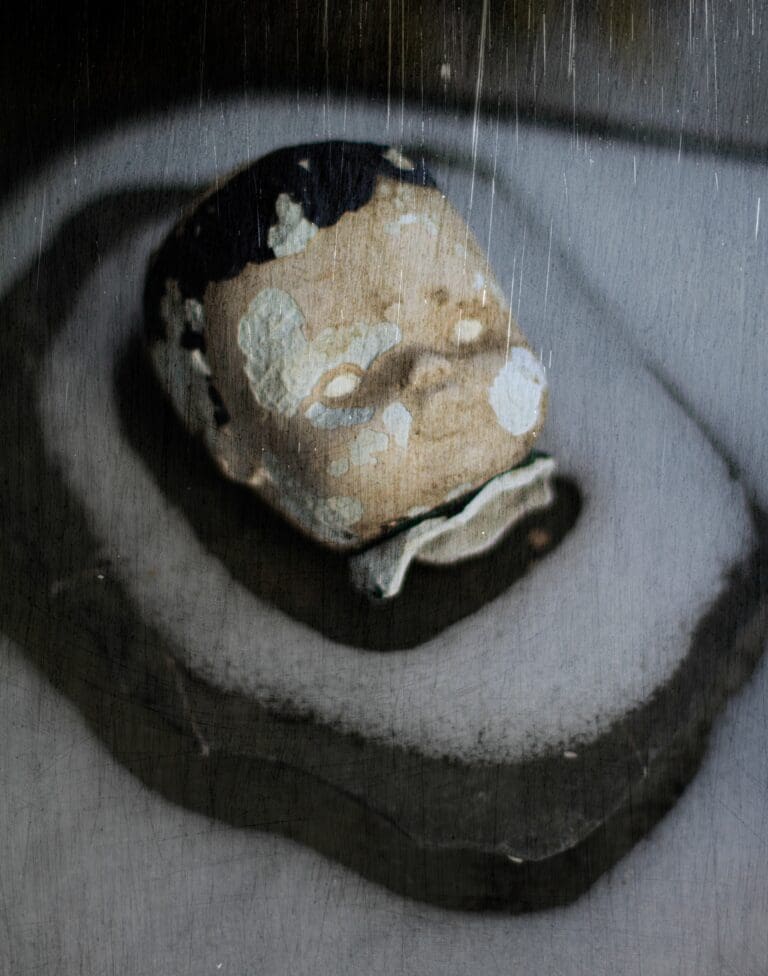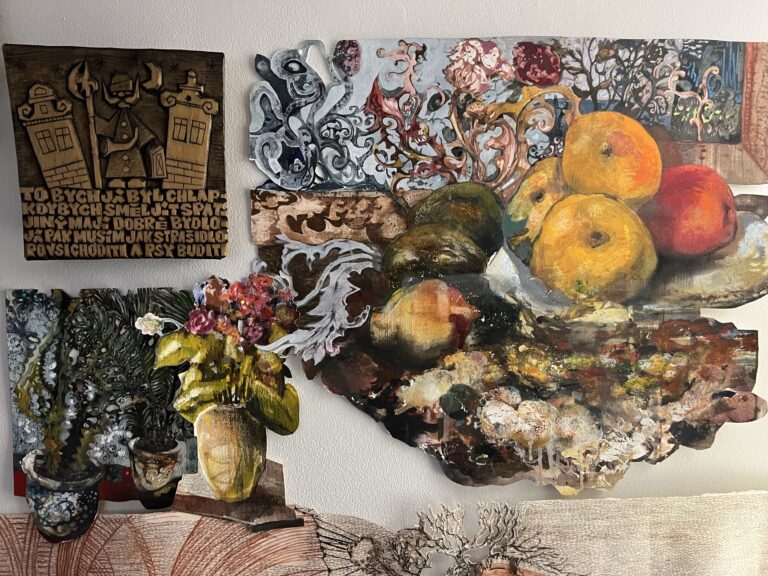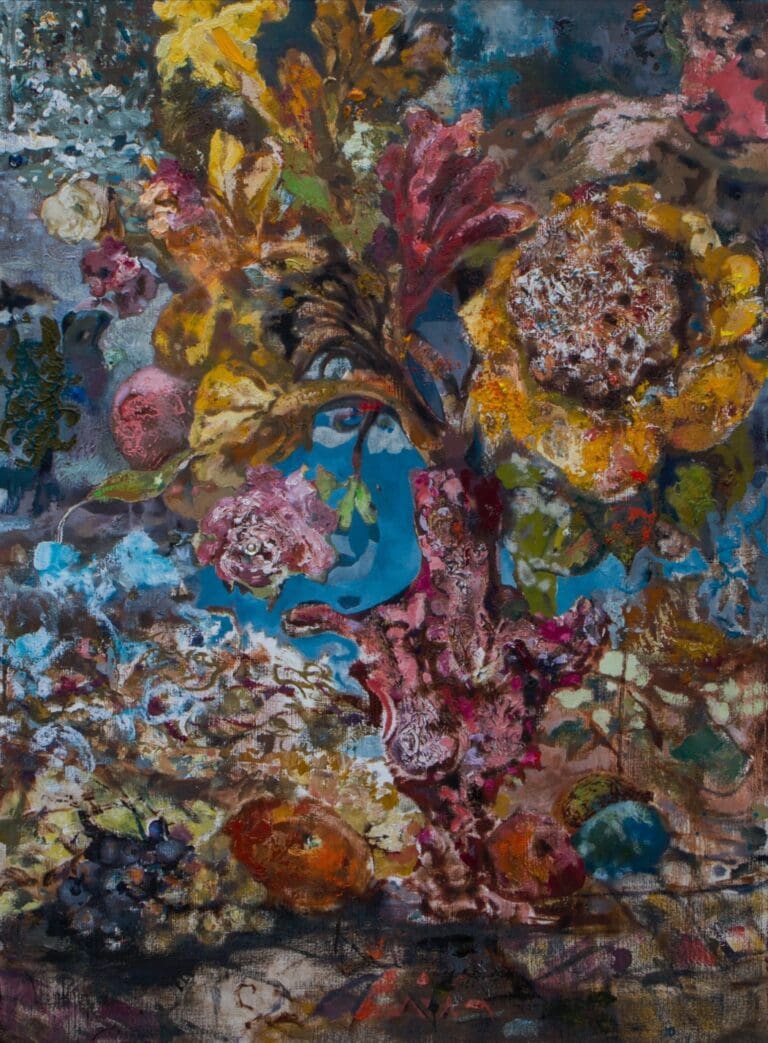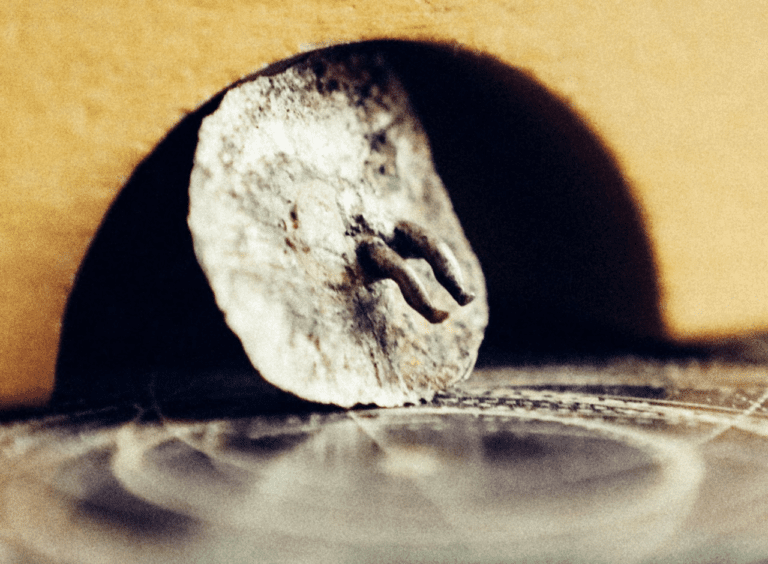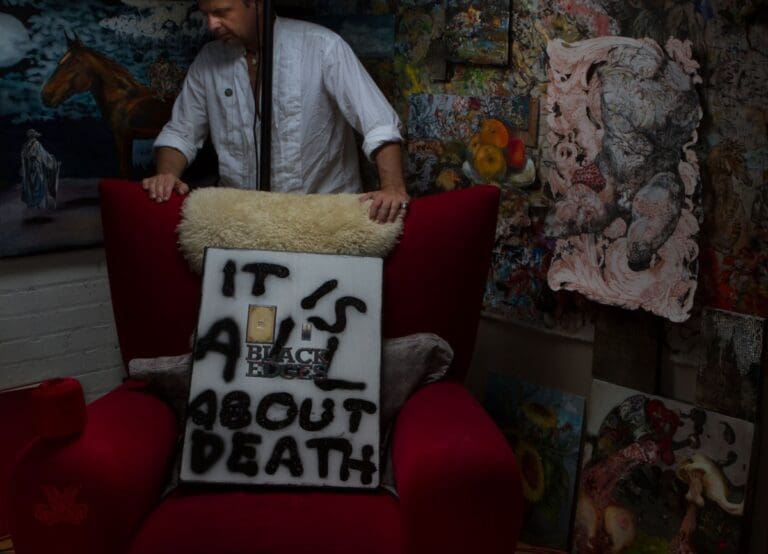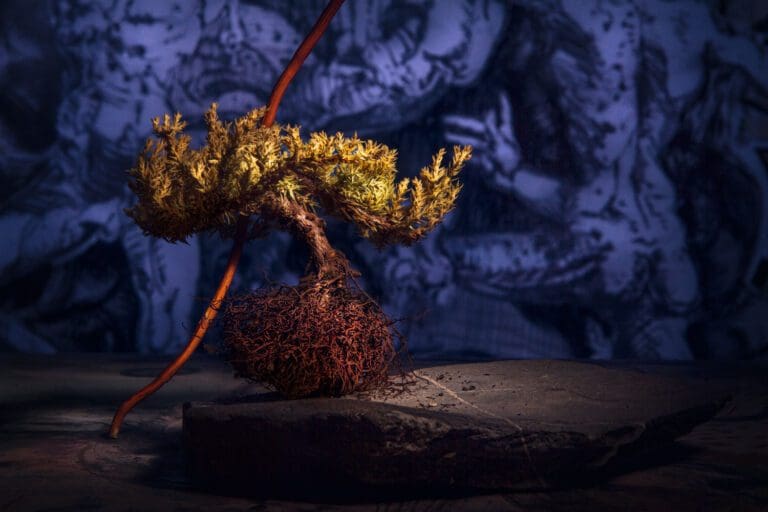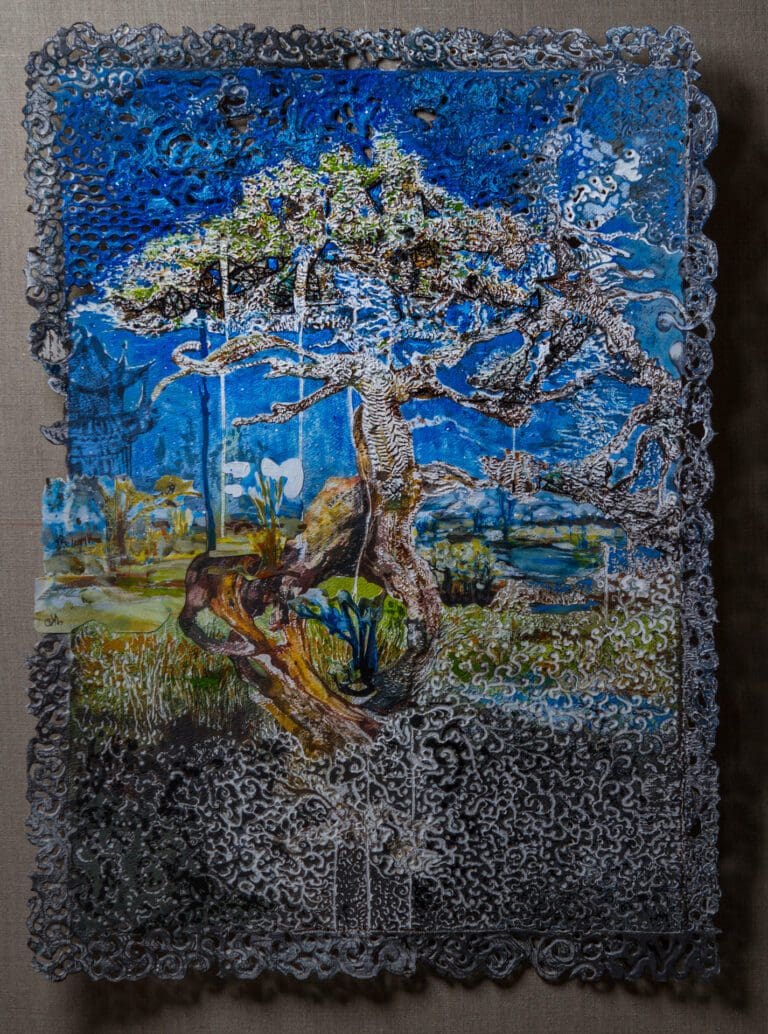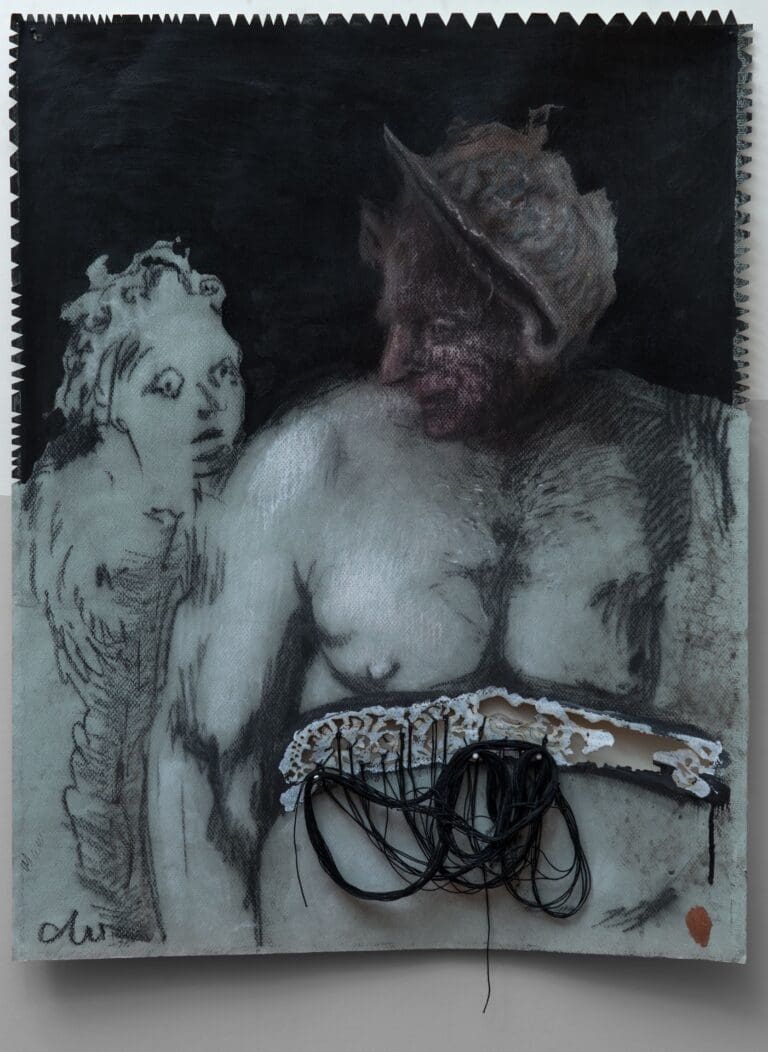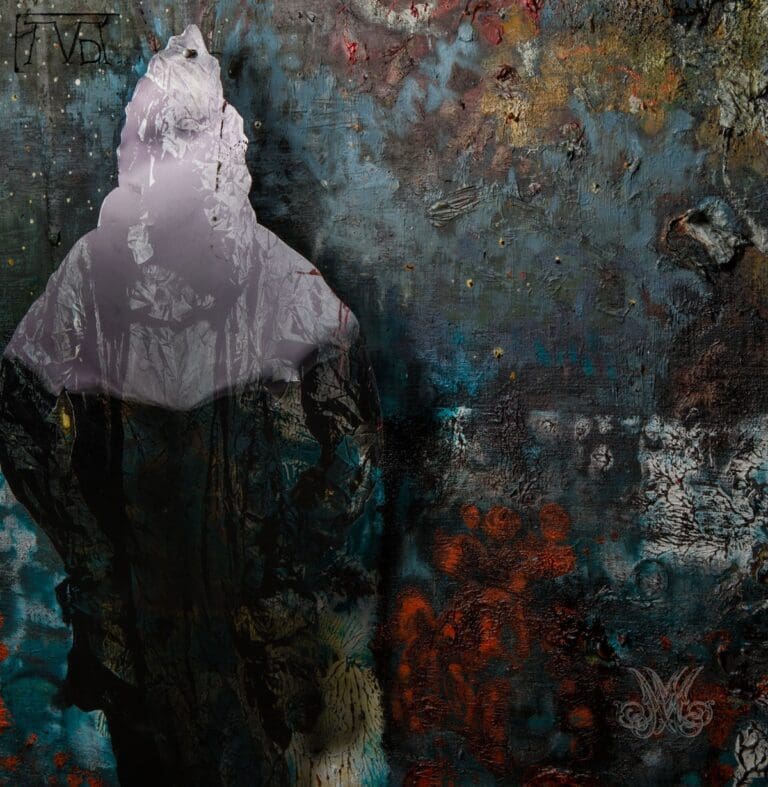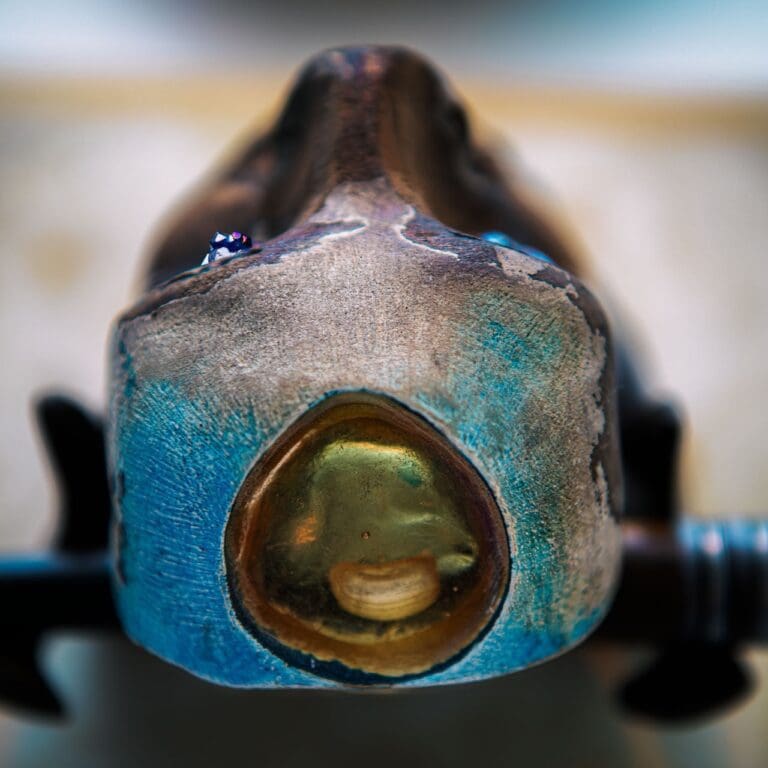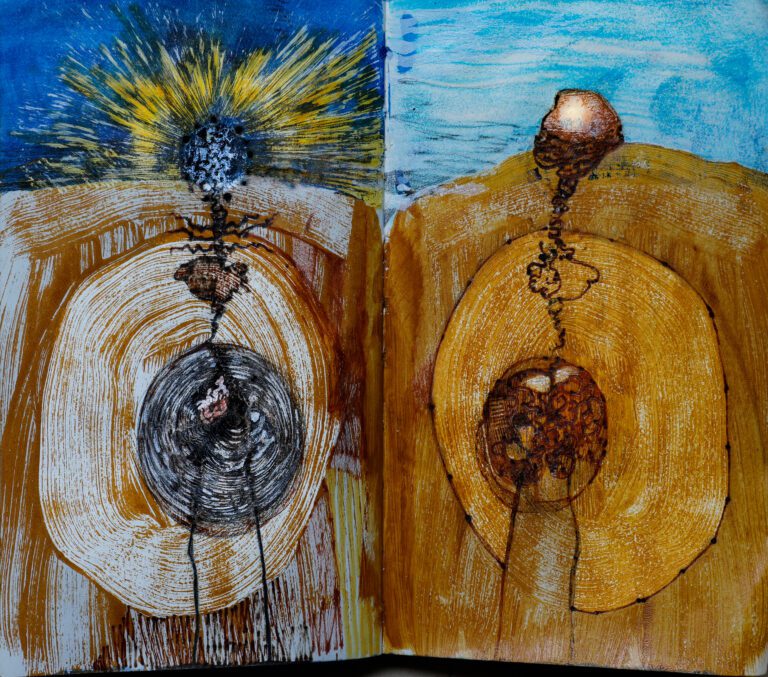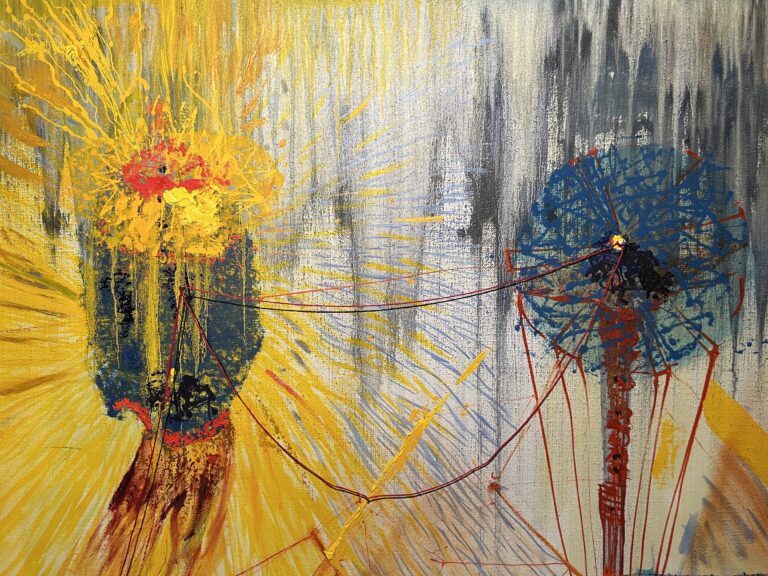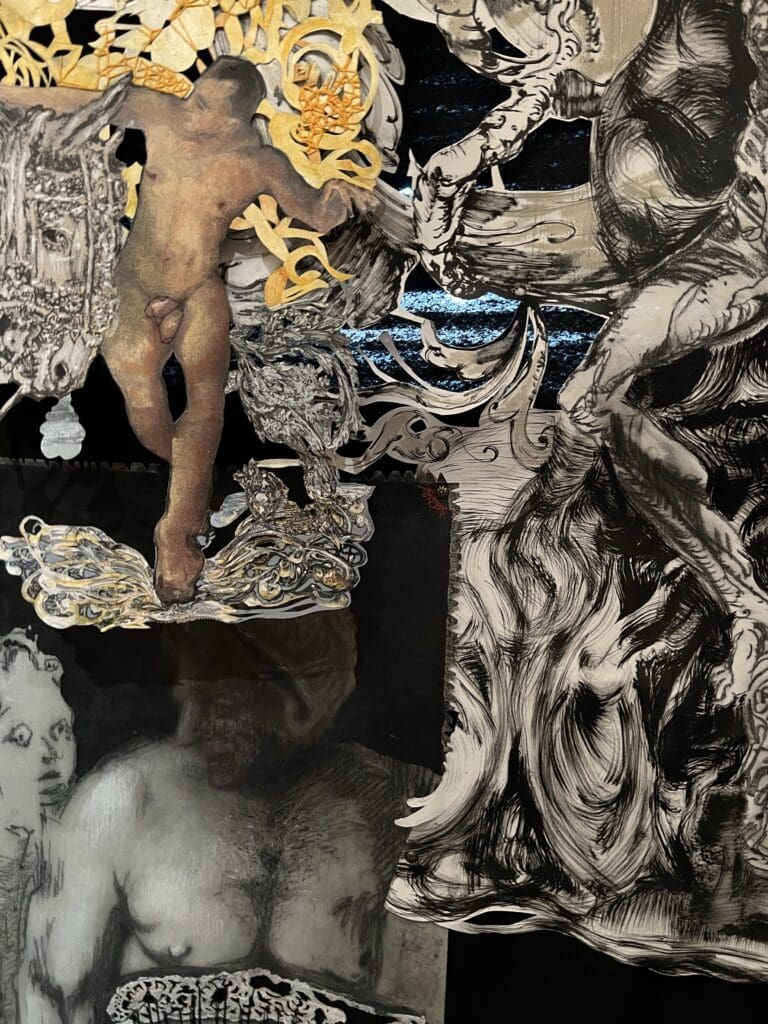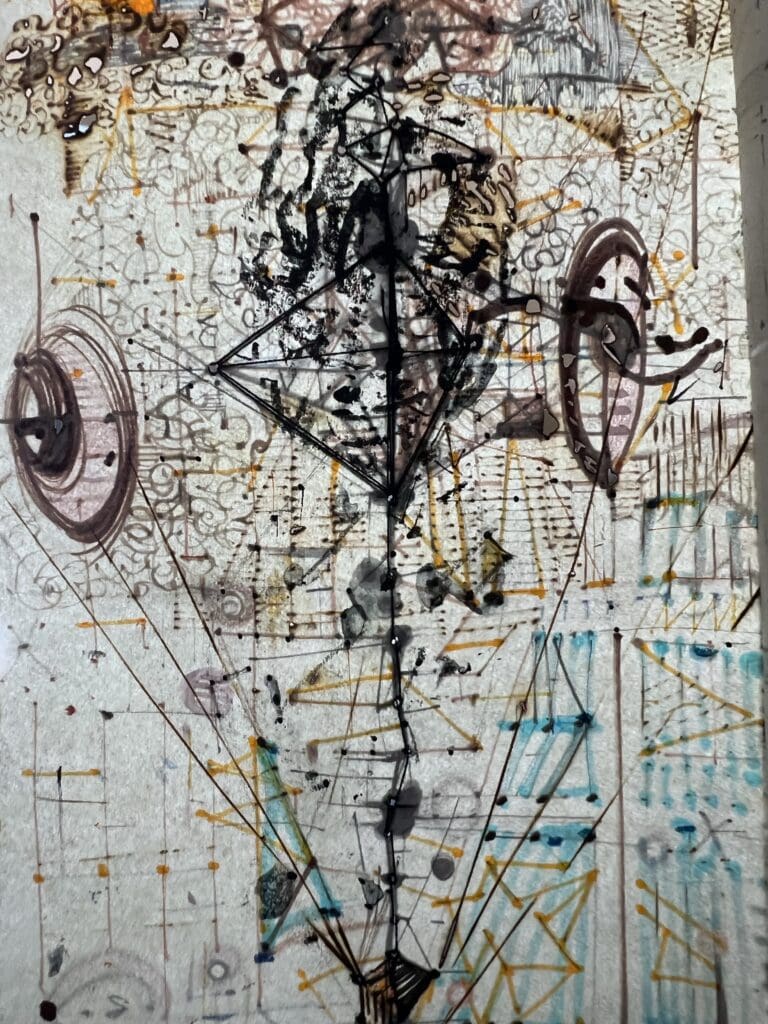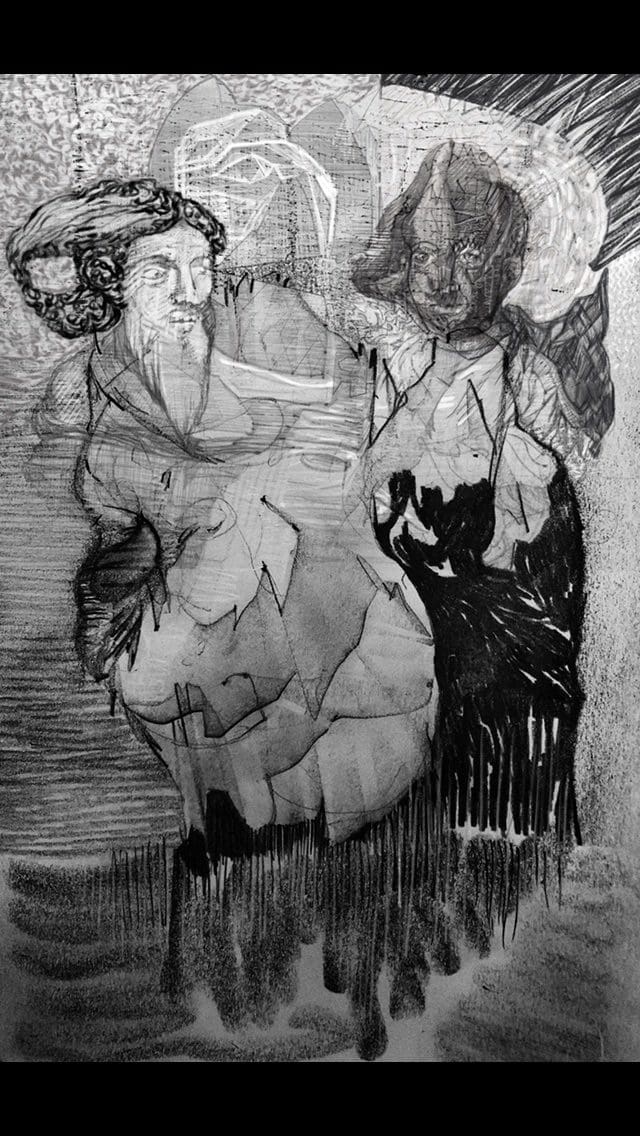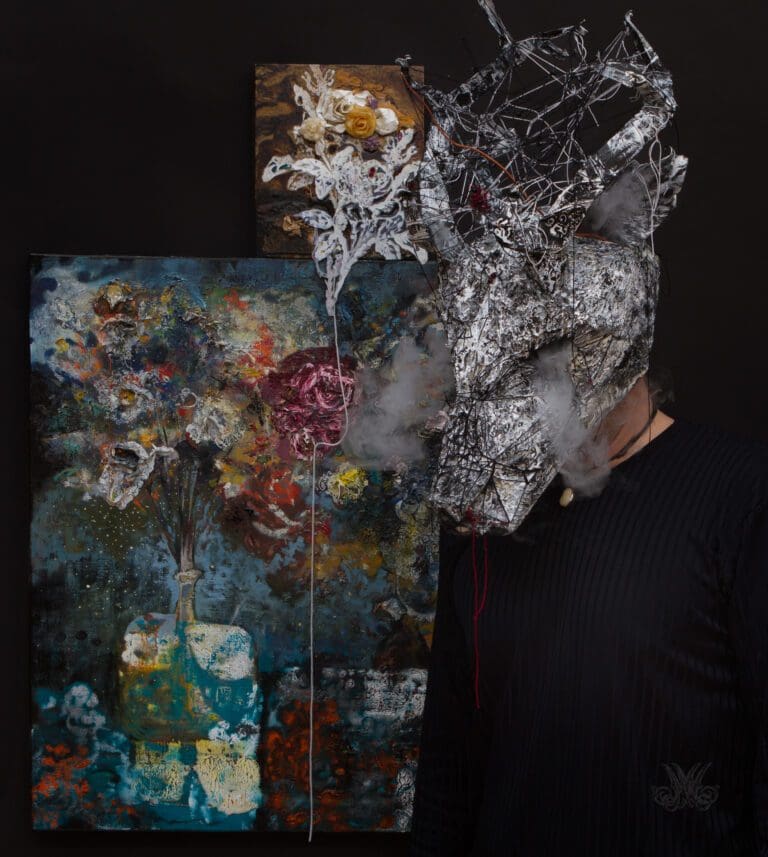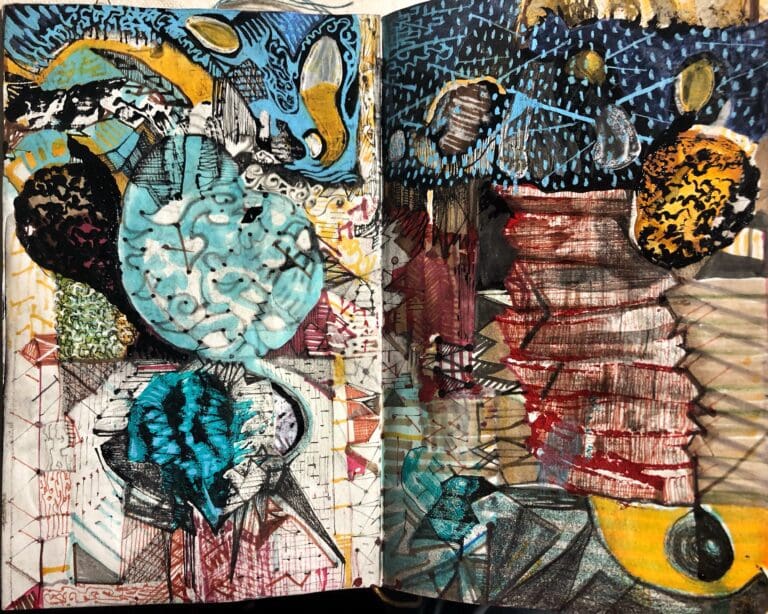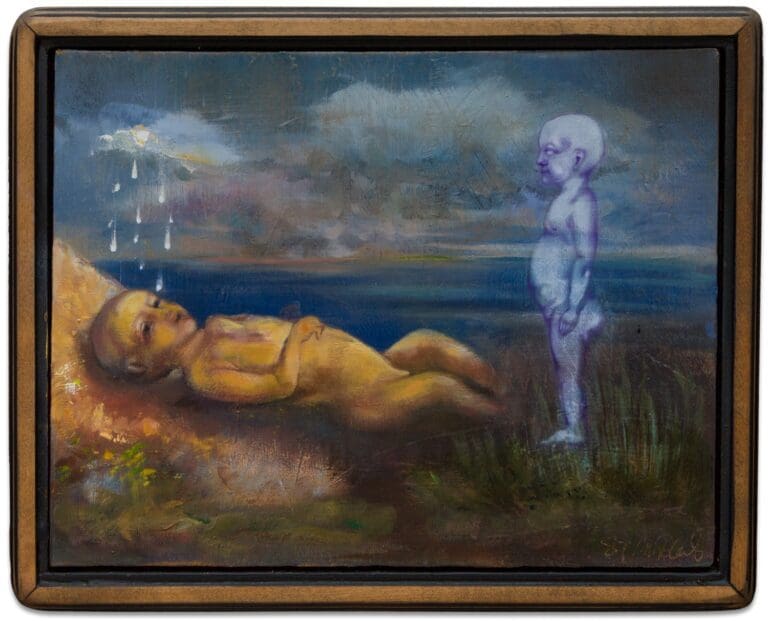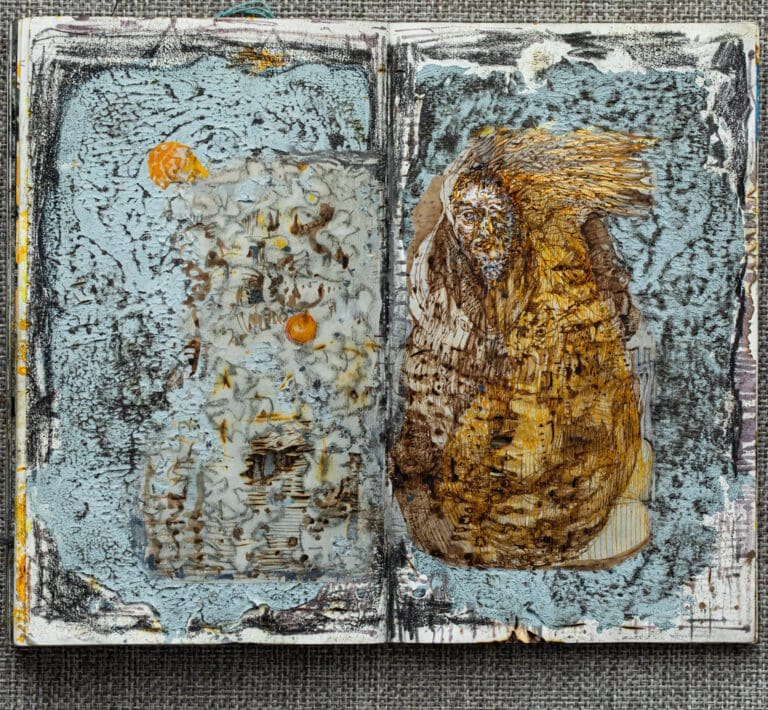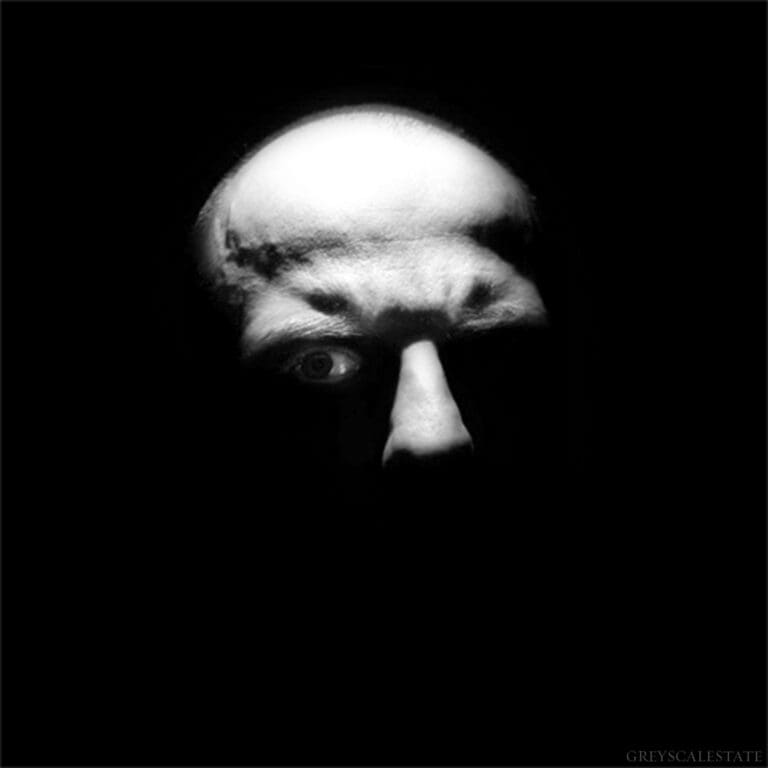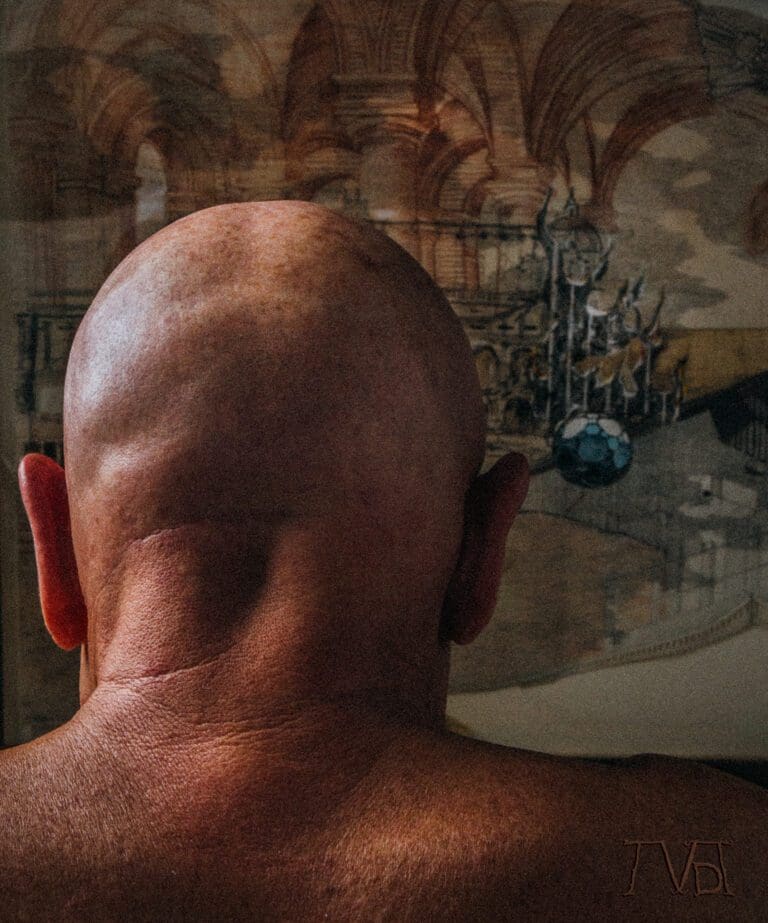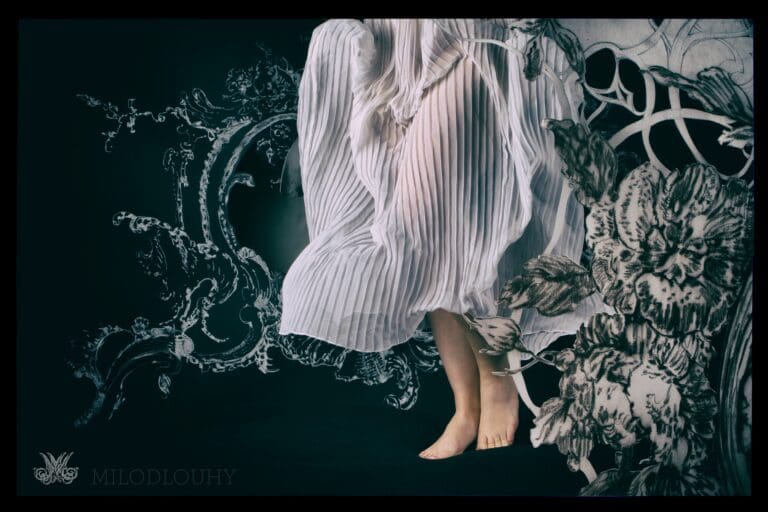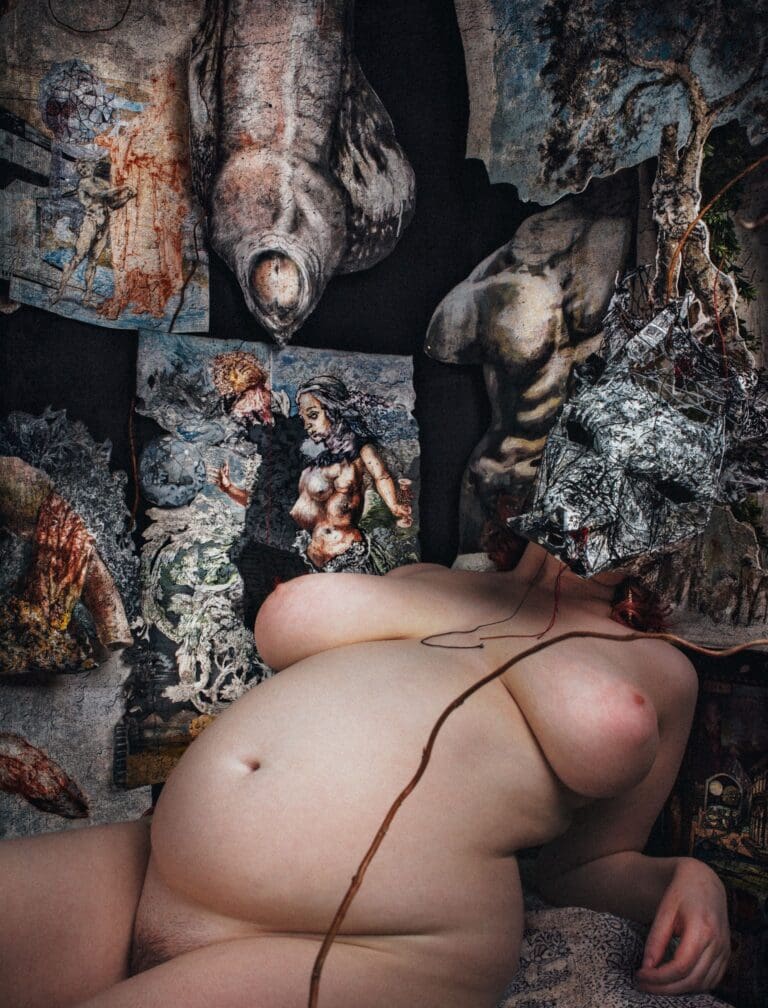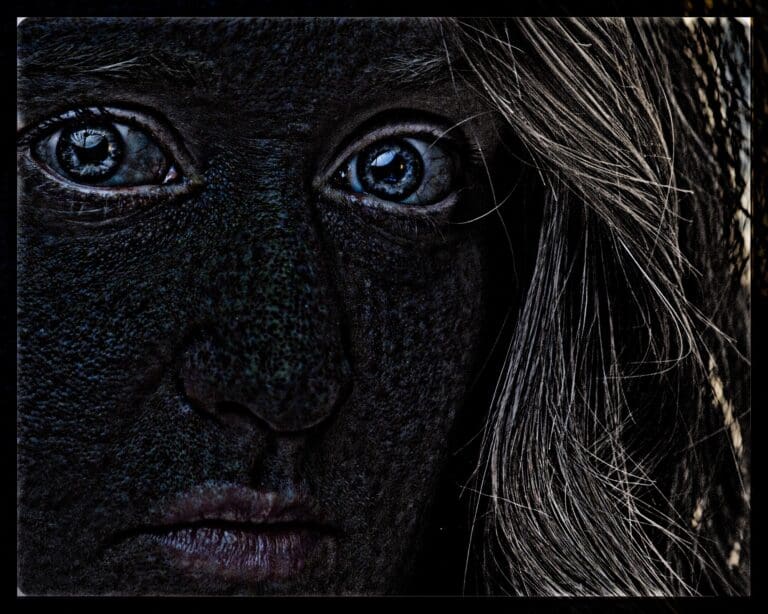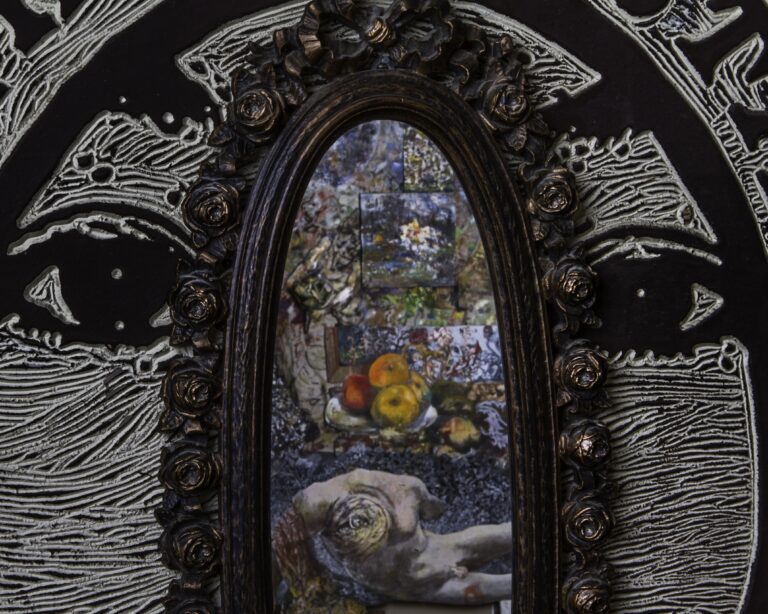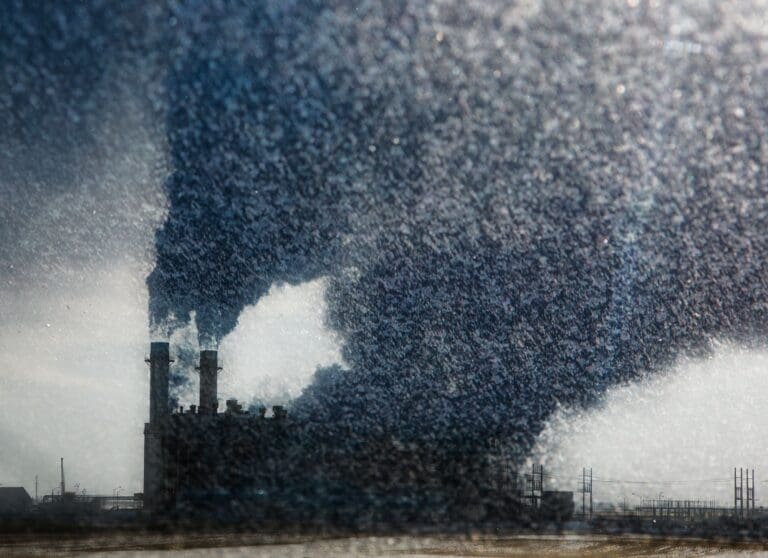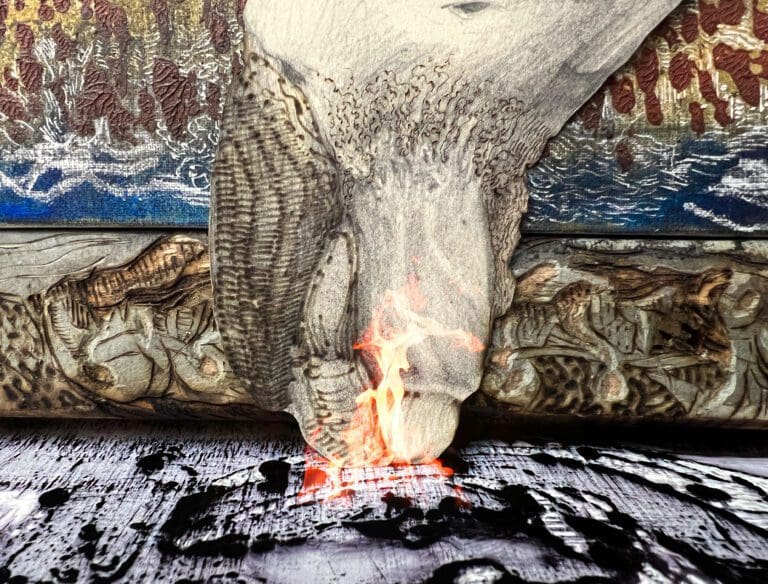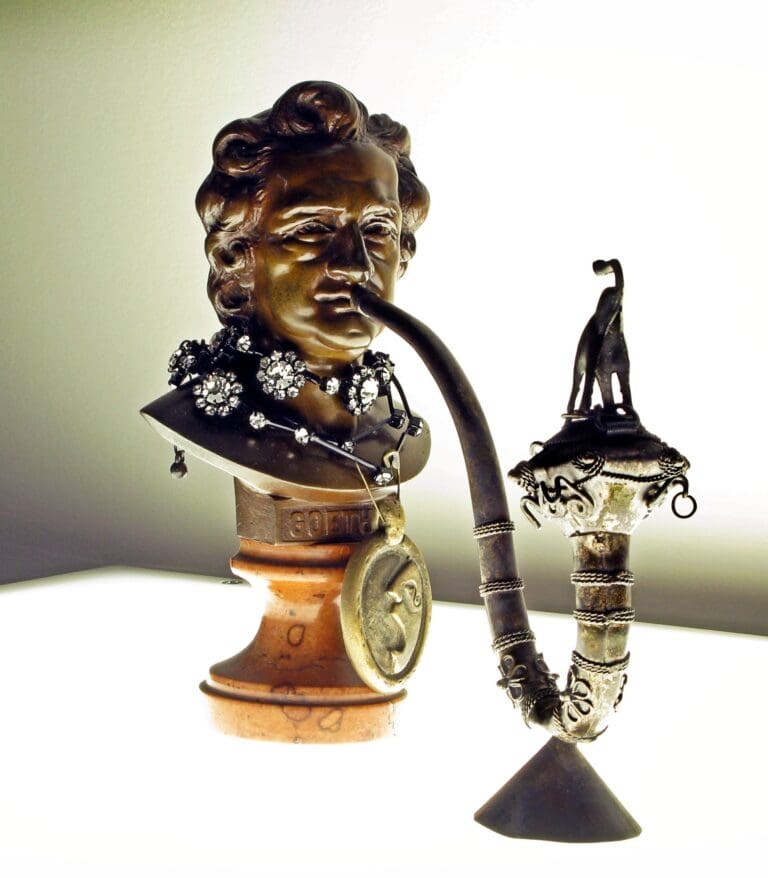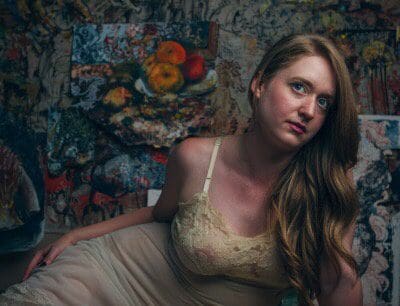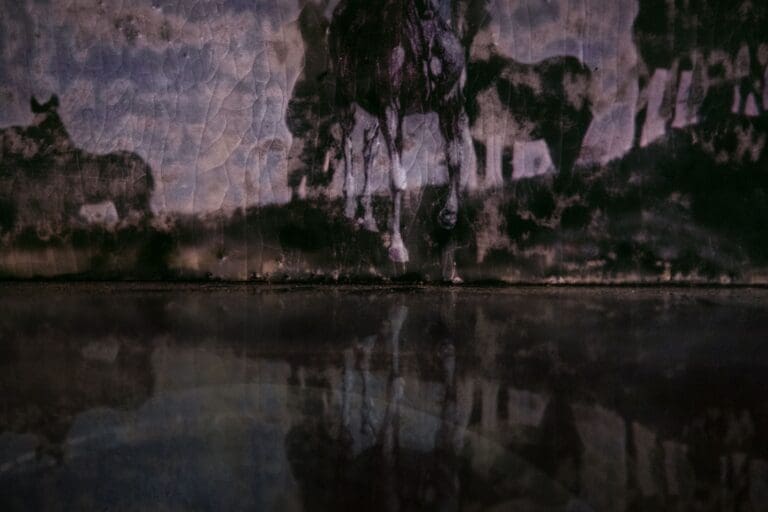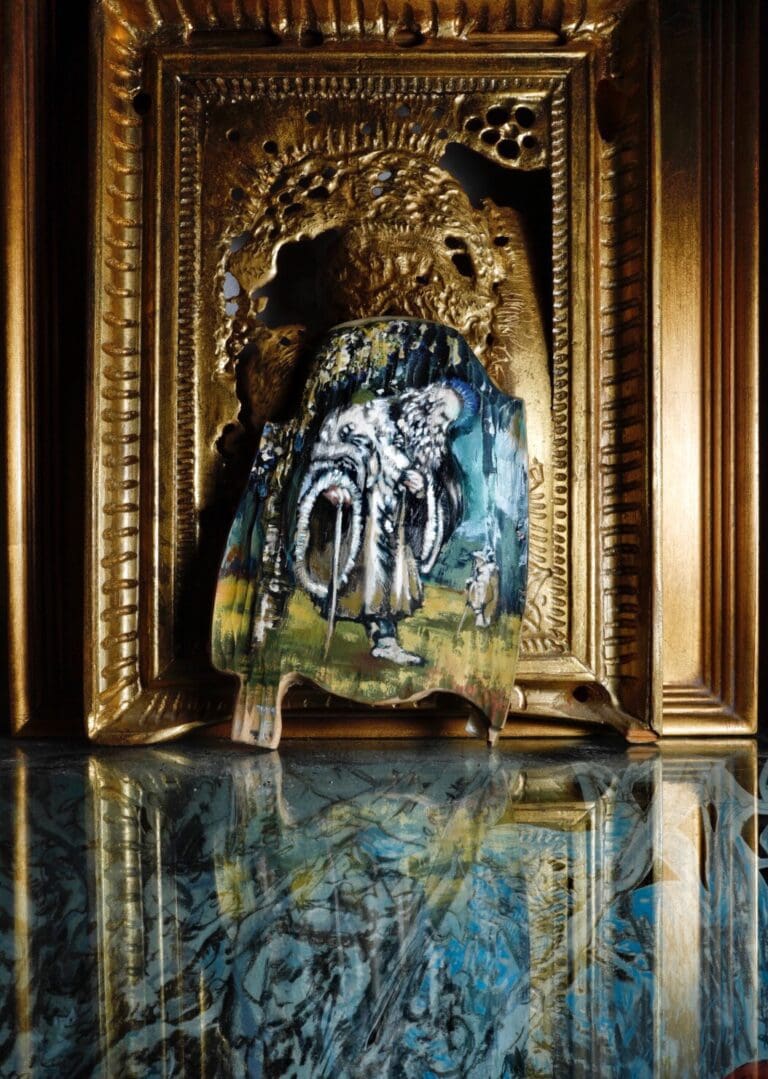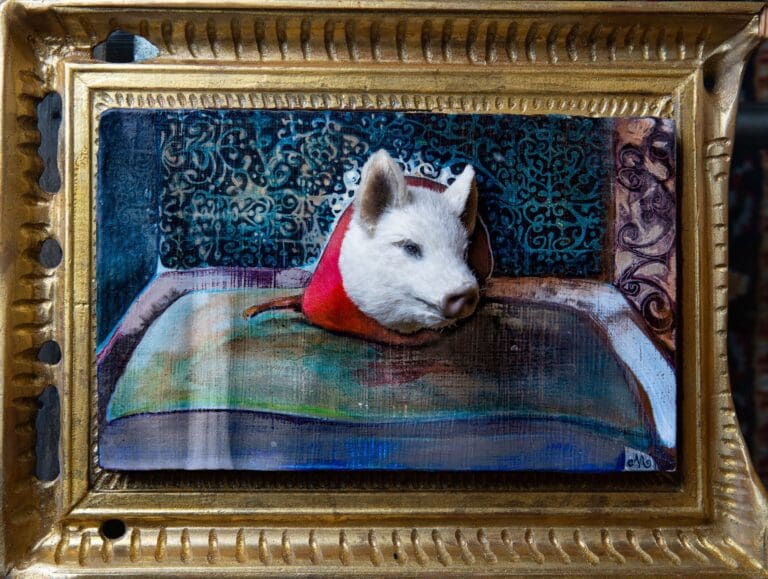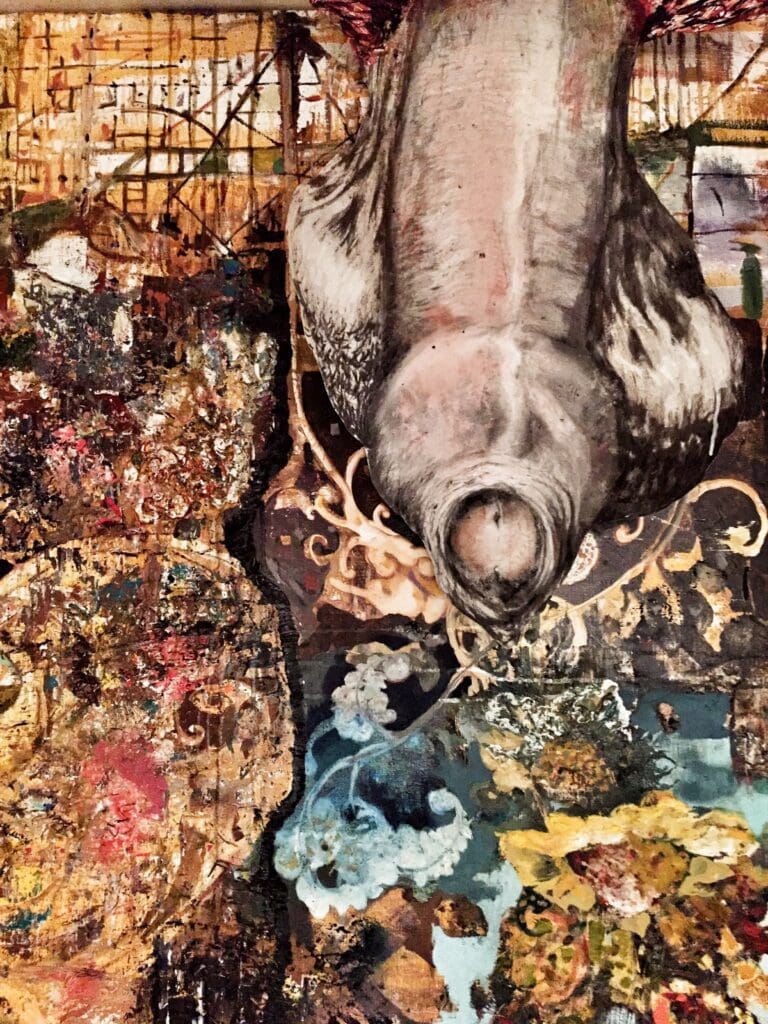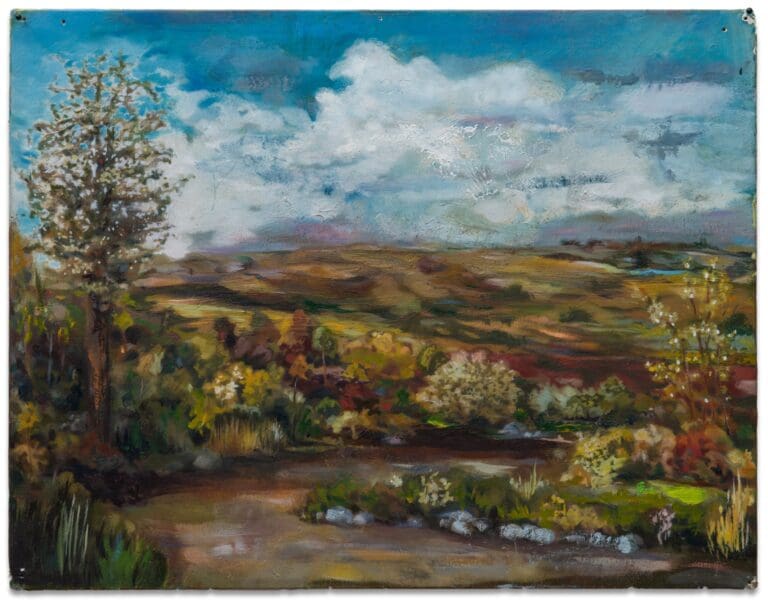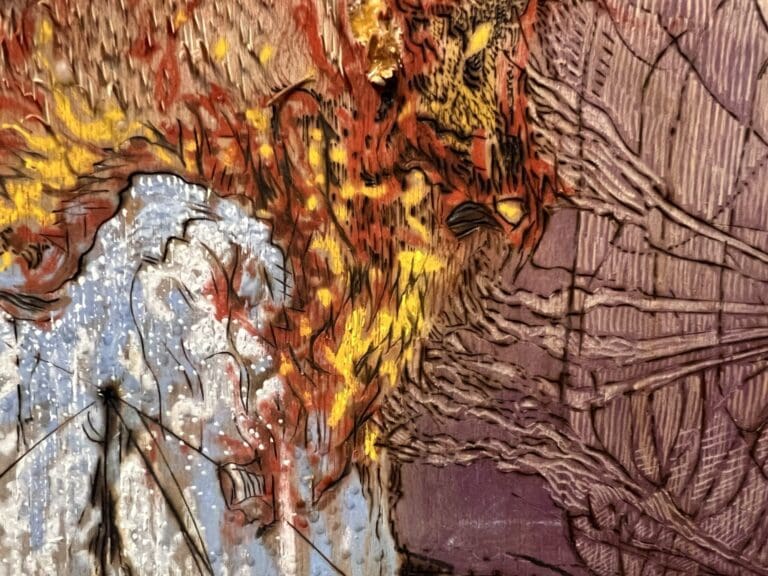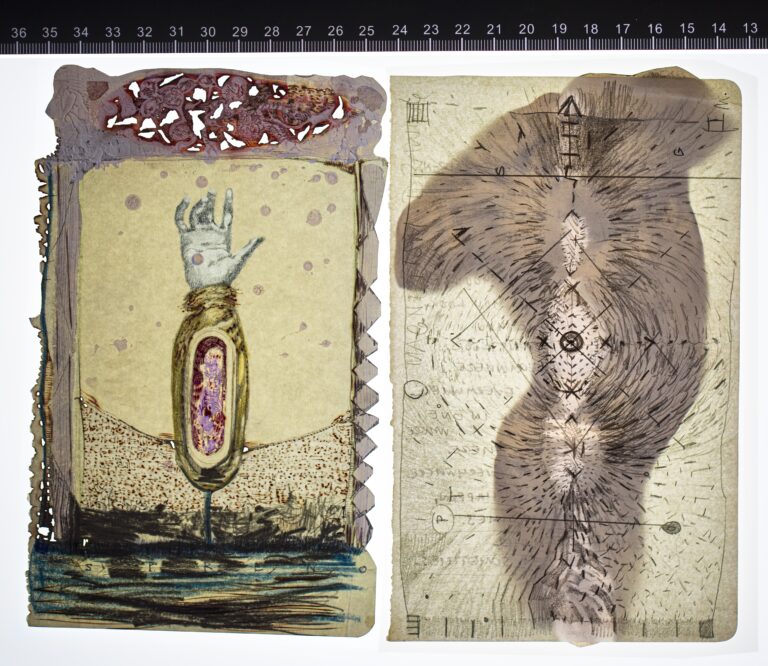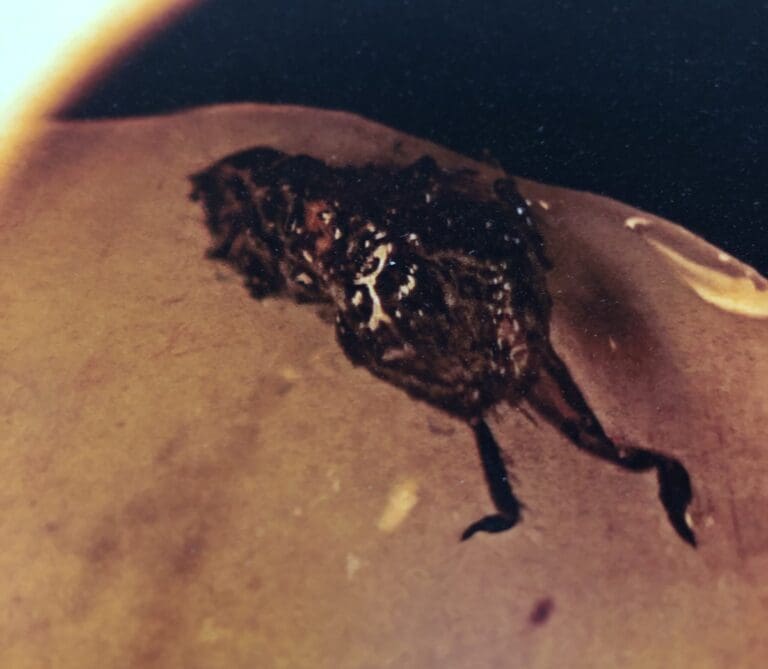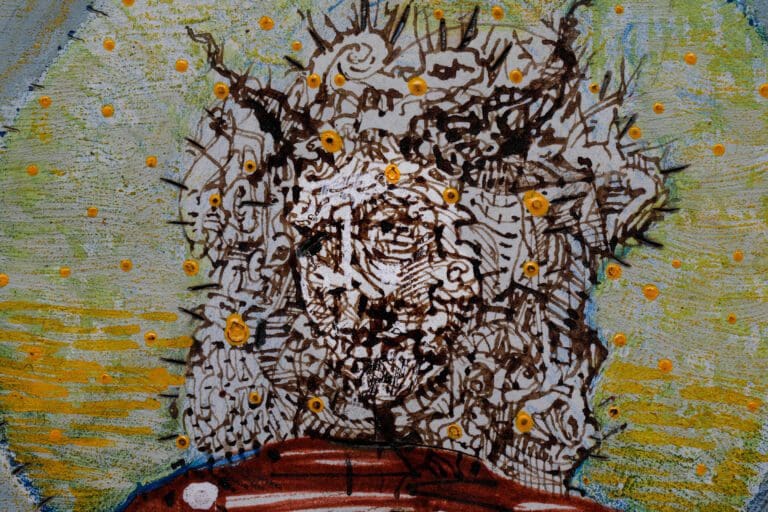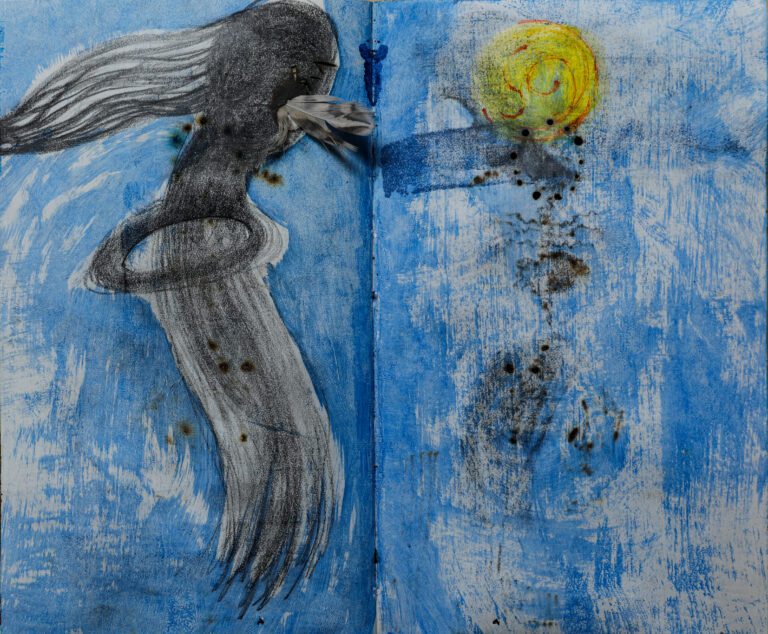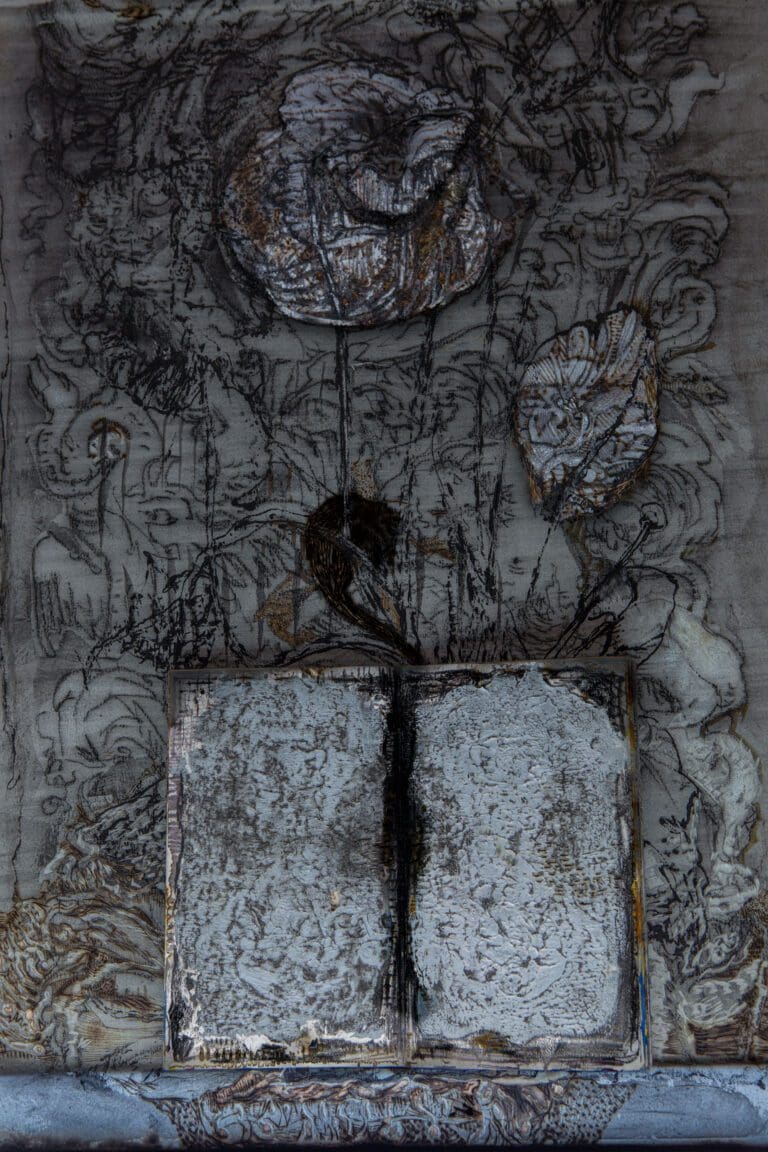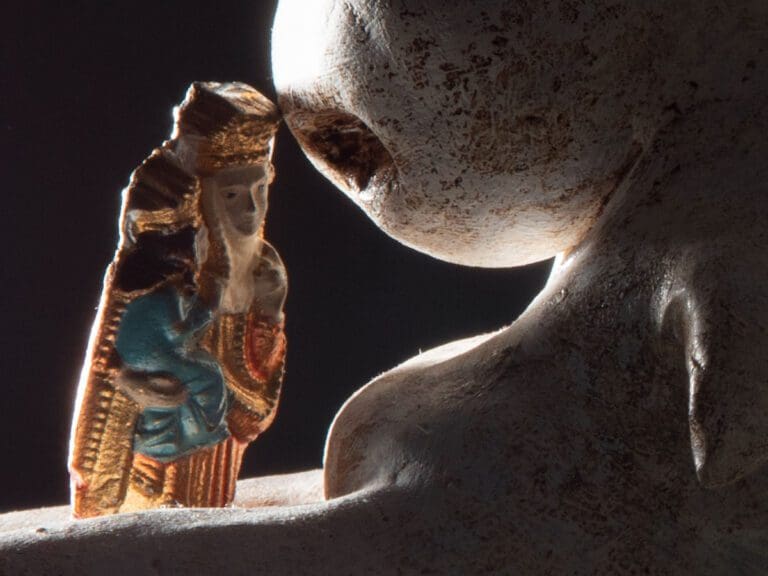the source of authentic art
As technological advancements continue to redefine the landscape of human creativity, it has become increasingly important to pause and reflect on the authenticity and profound essence of deeply personal artwork. The emergence of AI-generated “art” has ignited a strange kind of appetite, casting a shadow over the depth of human creativity and prompting a crucial question: can artificial intelligence emulate the profound exploration of human subconsciousness, the source of authentic art?
In my opinion, Art is an intriguing phenomenon that transcends aesthetics. It goes beyond the visual components that meet the eye; it is an emotional, psychological exploration, and an authentic reflection of the artist’s inner world. Historically, the world’s greatest artists have grappled with their subconscious minds to bring forth creations that not only please the eye but touch the soul. Their art was not just an image but a reflection of their deepest fears, desires, dreams, morals, journeys, etc.
What is a Van Gogh?
Take the example of Vincent Van Gogh, whose intense emotional state and mental health struggles found voice in his vivid, stirring works. His “Starry Night” is not just an image of a night sky; it encapsulates the whirlwind of emotions and the tempestuous mental state that Van Gogh was experiencing. It is a visual manifestation of the complex intertwining of his conscious and subconscious mind. Van Gogh’s work, and that of many others like him, underscores the raw, human element in art, a facet that AI lacks completely.
AI-generated “art” has indeed taken the world by storm. However, while these creations are visually stimulating, they lack the emotional depth and personal touch that human-generated art encompasses. They are precise, algorithmic representations of various themes and subjects, devoid of personal experiences or subconscious exploration.
What is Consciousness?
Are we misperceiving art?
Are we equating the visually pleasing with profound artistic value? Most certainly, technology has allowed us to create beautiful images, but the majority of these creations merely appeal to our sense of aesthetics without touching our souls or eliciting a deep emotional response. They are what one might label as ‘eye candy,’ a term that implies superficiality, a characteristic that, in my humble opinion, true art inherently opposes.
When commercialism began to permeate the art world, a significant portion of the art produced became superficial, focusing more on visual appeal, collectability and other commercial aspects, and less on emotional depth and subconscious exploration. This trend has been perpetuated, and even escalated, with the rise of AI-generated art.
True art, the art that inspires growth and evokes emotion, stems from an exploration of the subconscious mind. It is instinctive, paradoxical, born from personal impulses and dreams, an authentic reflection of the creator’s inner world. It is about giving shape to emotions, fears, desires, dreams and other elements of our selves that are typically invisible. This depth and meaning is what differentiates true art from the commercial, eye-candy creations that are proliferating today.
An AI can paint a sunflower by using machine learning techniques to analyze thousands of images of sunflowers. Firstly, it would identify the shapes and contours of the flower, as well as the colors present in each petal. Then, it would create a digital representation of the sunflower by combining these elements. Next, it would use its understanding of color theory to apply a color palette to the flower, choosing colors that complement each other and create a natural-looking image. Using various brushes and strokes, the AI would then paint the flower, paying attention to the placement and arrangement of the petals, as well as the texture and shading on each individual petal. After several iterations, the AI would refine the final image, making small adjustments until it was satisfied with the finished product.
